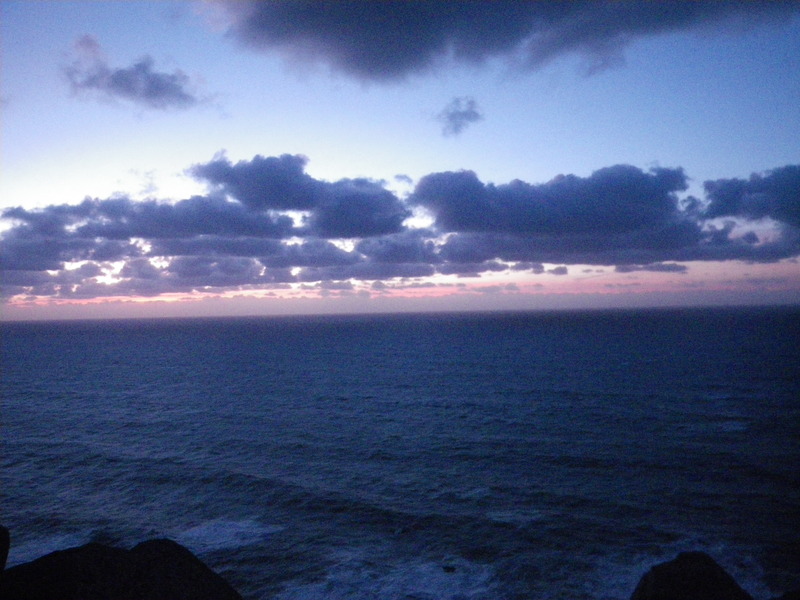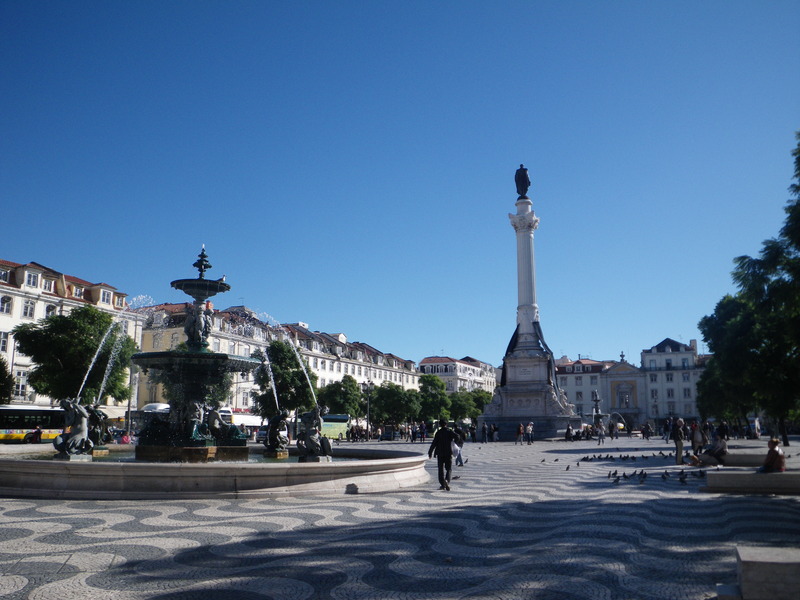
Lisbon has been in existence since at least the 7th century BC (2700 years ago), when it was a trading hub for Phoenicians sailing to the islands of tin in what is now Great Britain. Through the Roman, Visigoth, Arab, and finally Portuguese times, it has continued to be a port city, favored and defined by its sheltered harbor near the mouth of the Tejo (Tagus) river. In the 1400s and 1500s Lisbon oversaw the great Portuguese expansion into Africa, India, China, and Brazil. In 1755, a terrible earthquake and the resulting tsunami struck Lisbon and caused tremendous damage. After mourning their losses, the people of Lisbon redesigned and rebuilt the low parts of their city around two major squares, Rossio and Comercio.



This is Rossio train station.
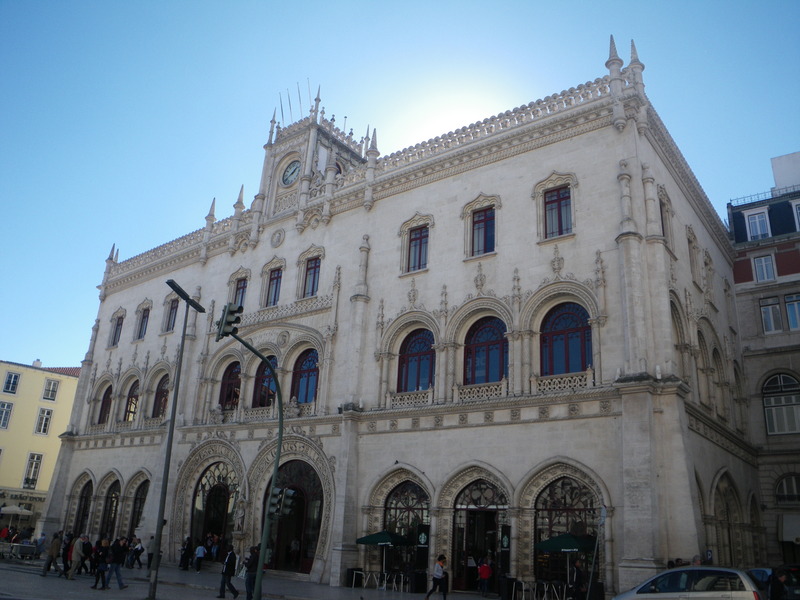
The shopping area extends along the beautiful Avenida de Liberdade, which is so large and full of trees that I did not feel I was able to get a good picture.
Between Rossio and Comercio is a grid of streets, wide by 18th century standards, that are filled with shops and other curiosities.
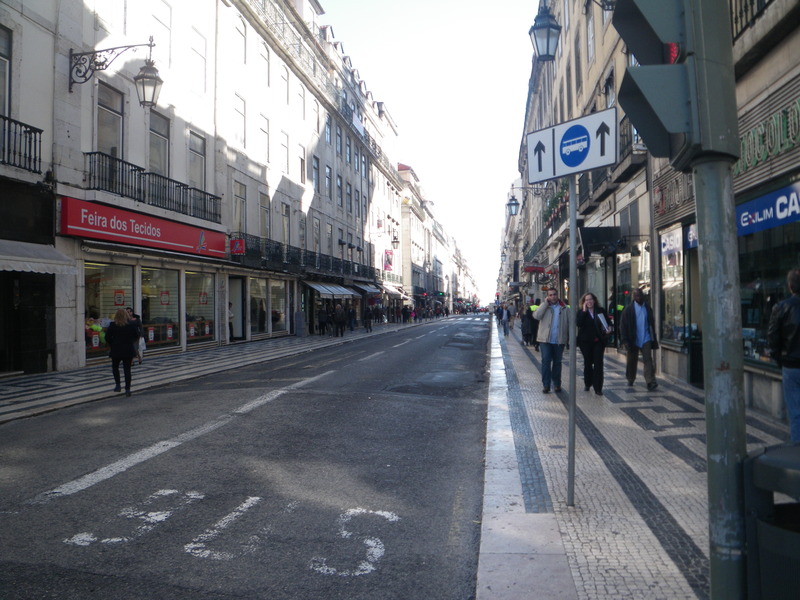
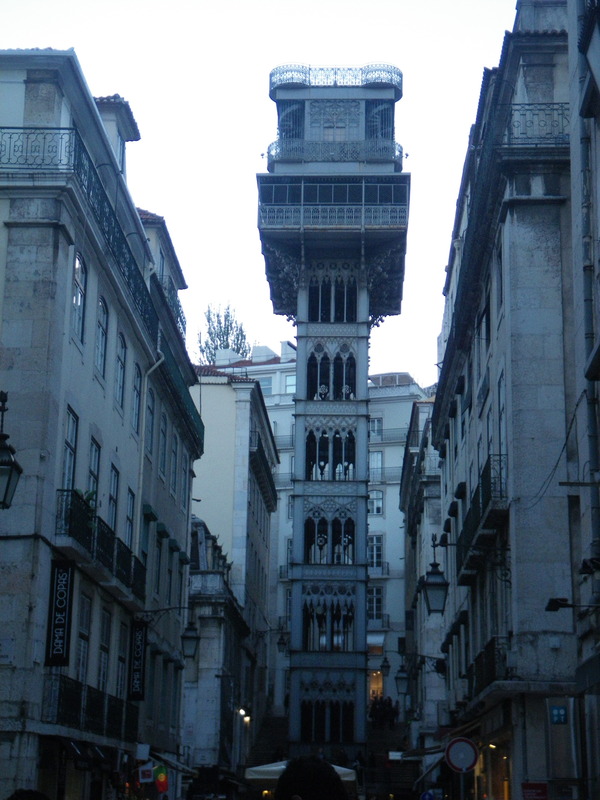

Praca de Comercio is on the Tejo river, and many of the suburbs of Lisbon are across the river.
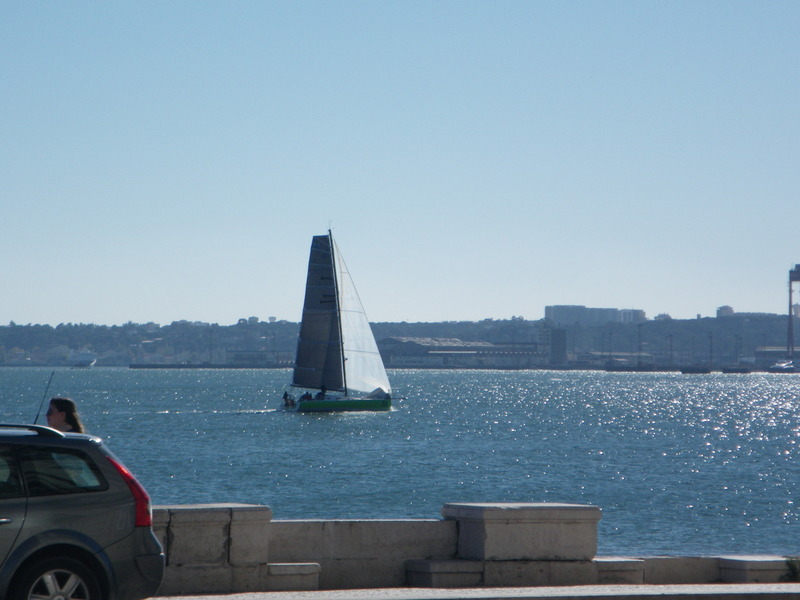
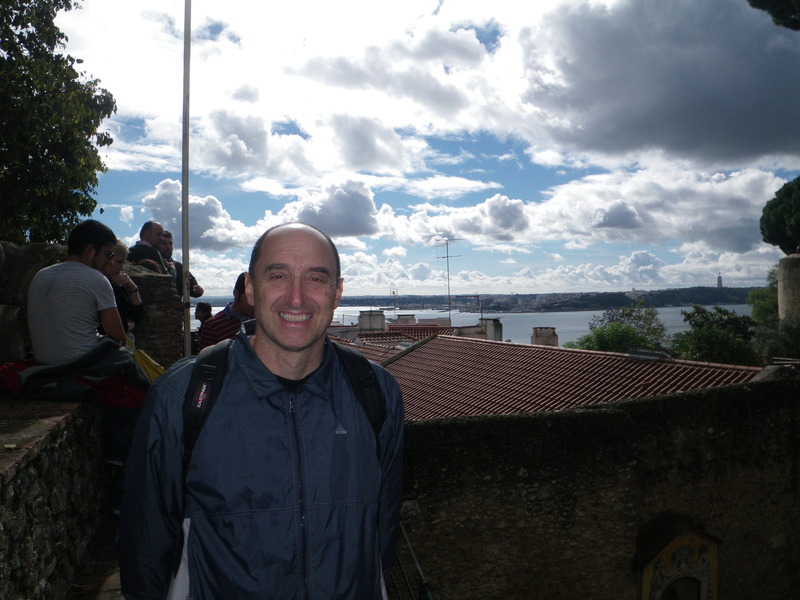
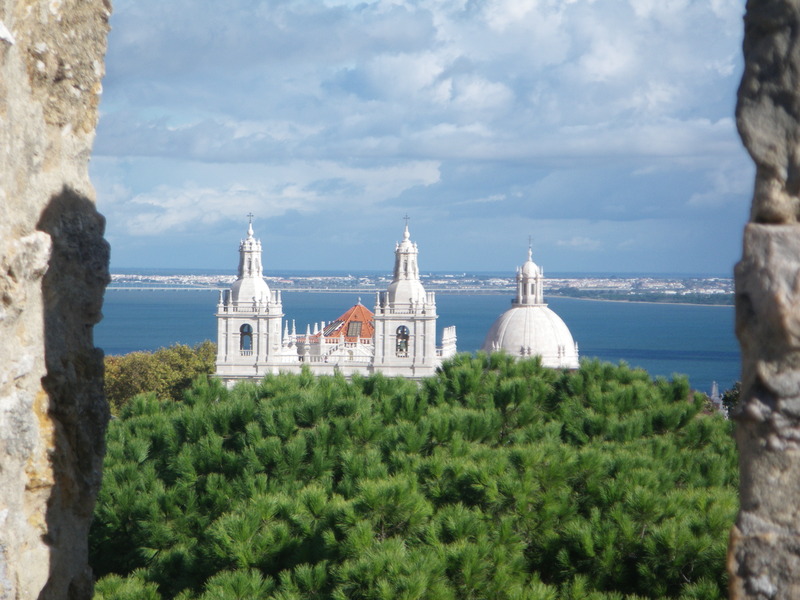

The suburbs of Lisbon also include a tall monument called Christo Rei.
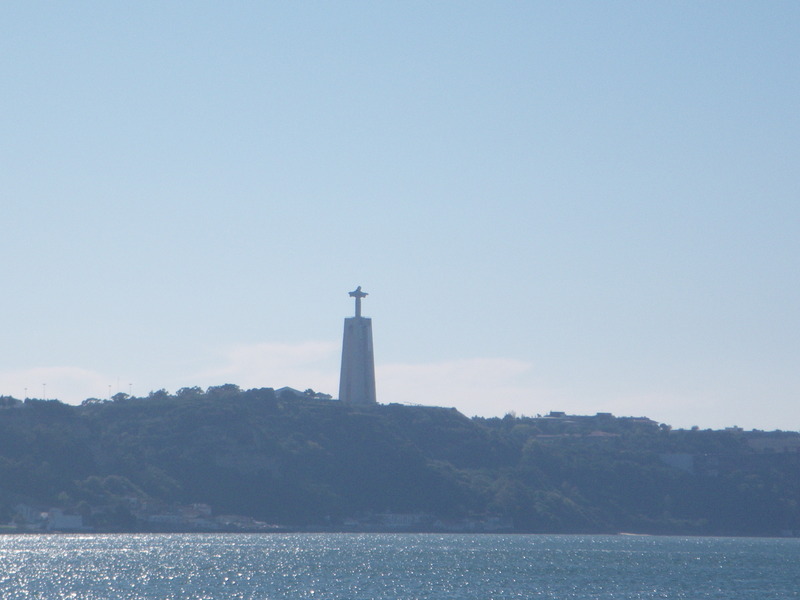
To connect these suburbs, Lisbon has ferries but also two substantial bridges, the Vasco da Gama bridge (the longest bridge in Europe), and the 25 de Abril bridge, which was designed by the same architect that designed the Golden Gate bridge in San Francisco.
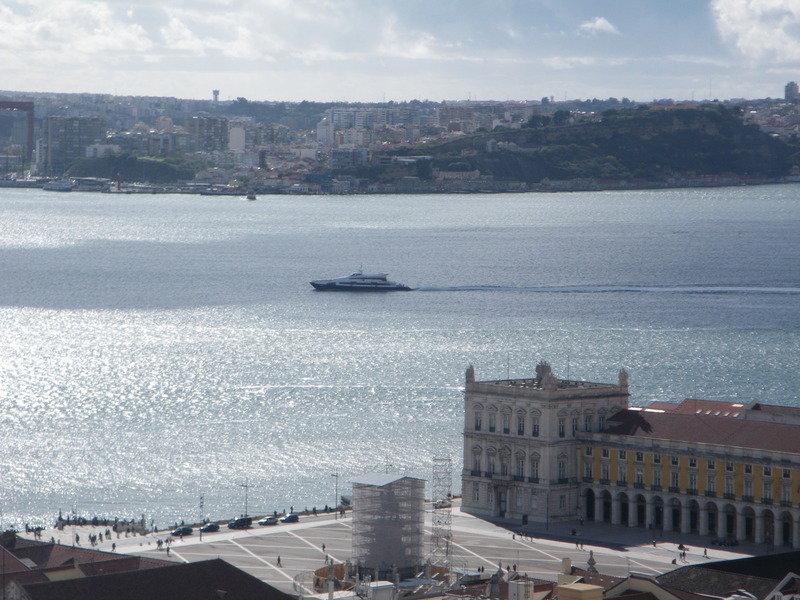
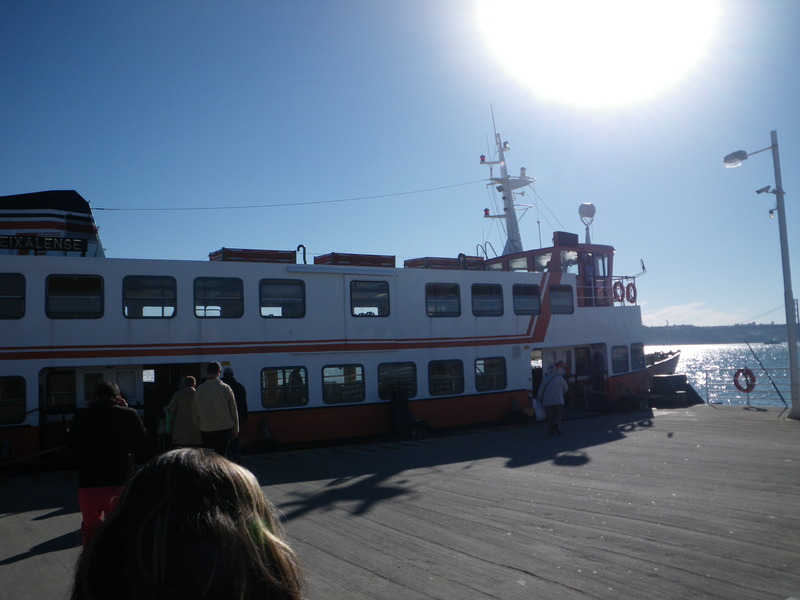





Past the 25 de Abril bridge, but on the same side of the river as Lisbon, is the suburb of Belem. Belem is known as the launching place of many famous voyages, particularly Vasco da Gama's first voyage to India. Belem tower was built in the 1510s, and the Monument to Discoverers in the 1960s, both after Vasco da Gama's voyage, and both symbolize Portugal's proud maritime history.
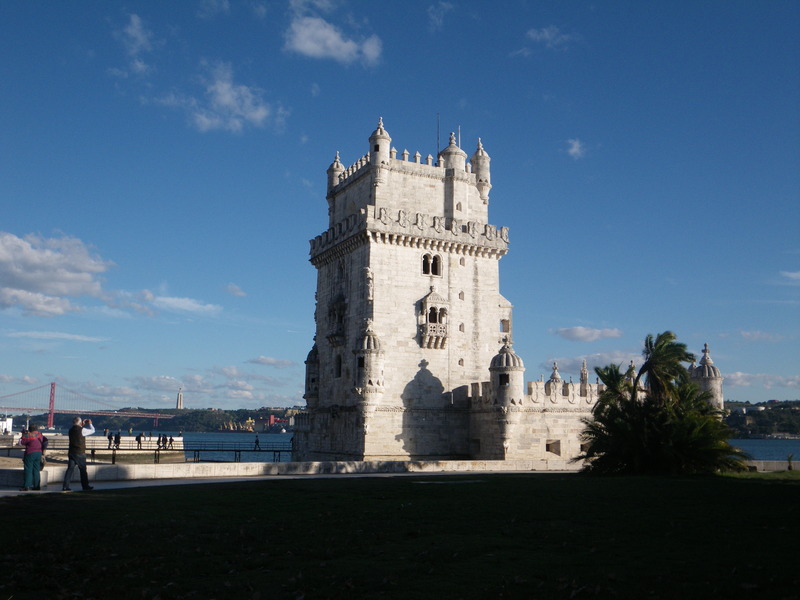
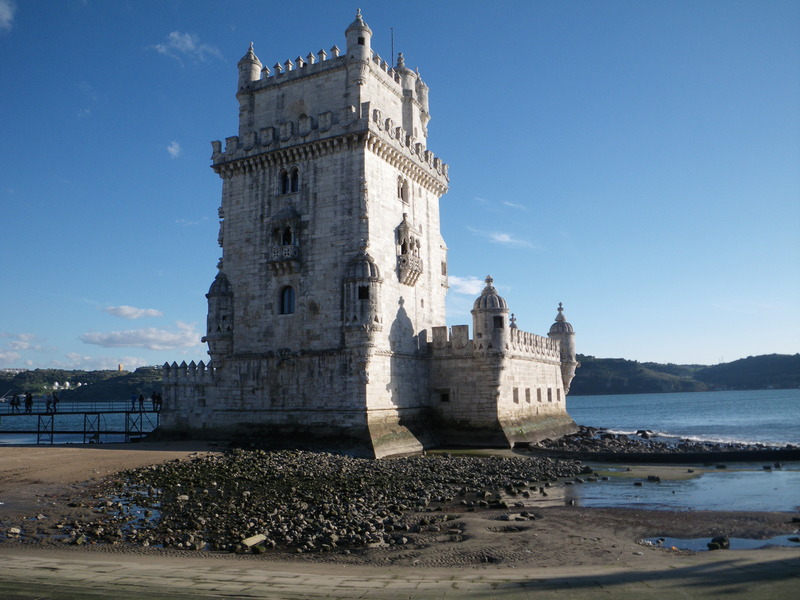
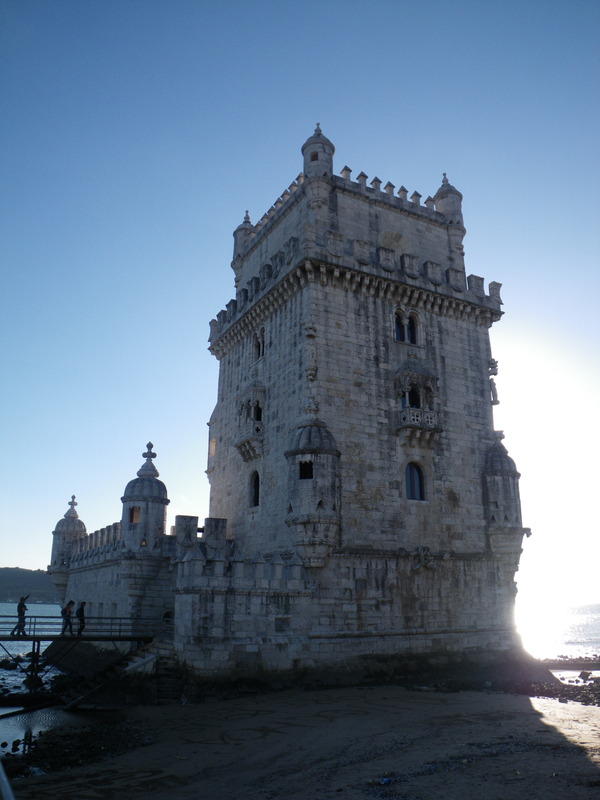
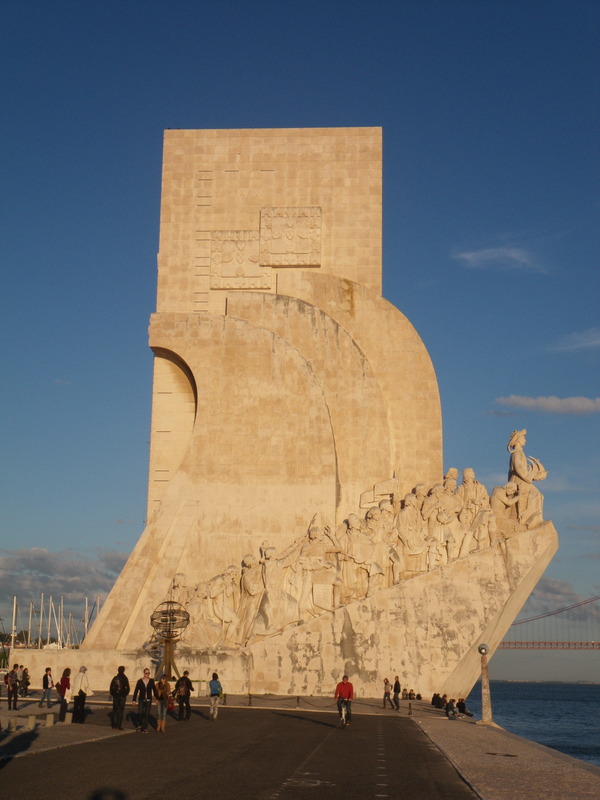
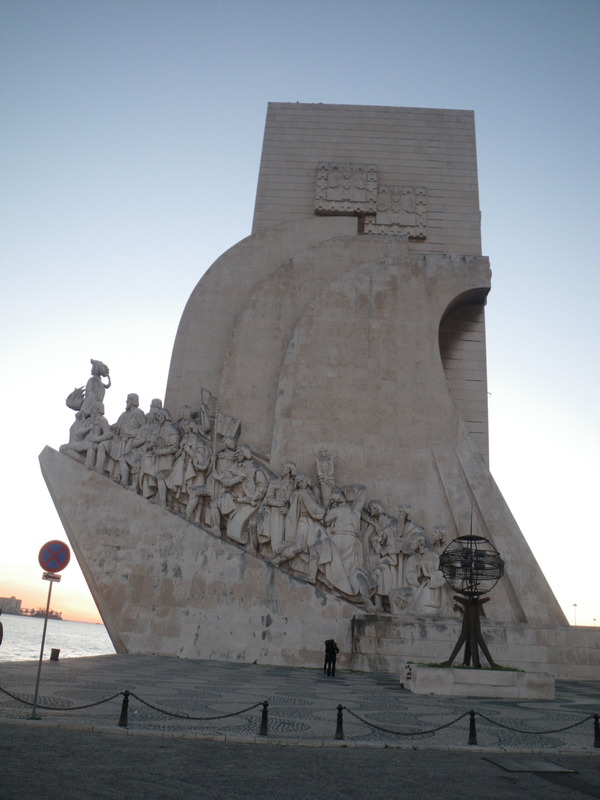

I found Belem tower quite decorative, both inside and out. One of its purposes was defense of the harbor, but I presume it was also built to proclaim the power of the king and the church.

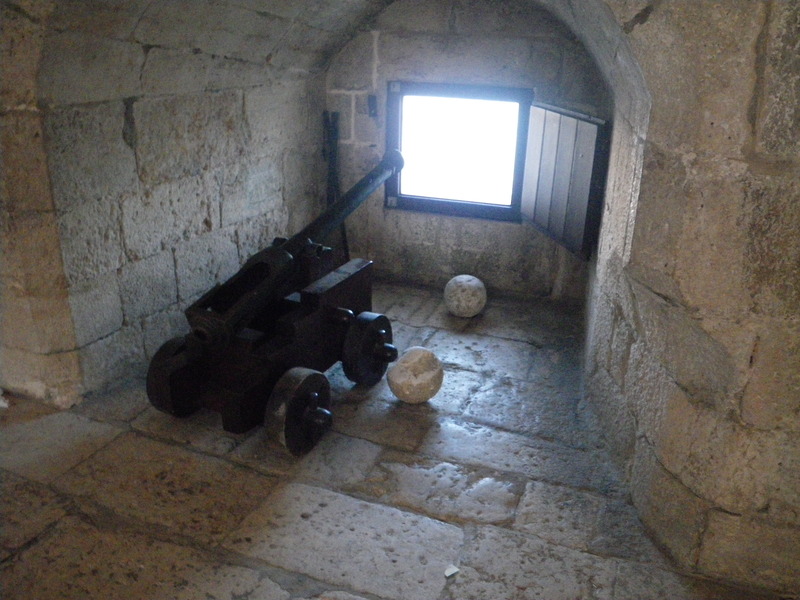
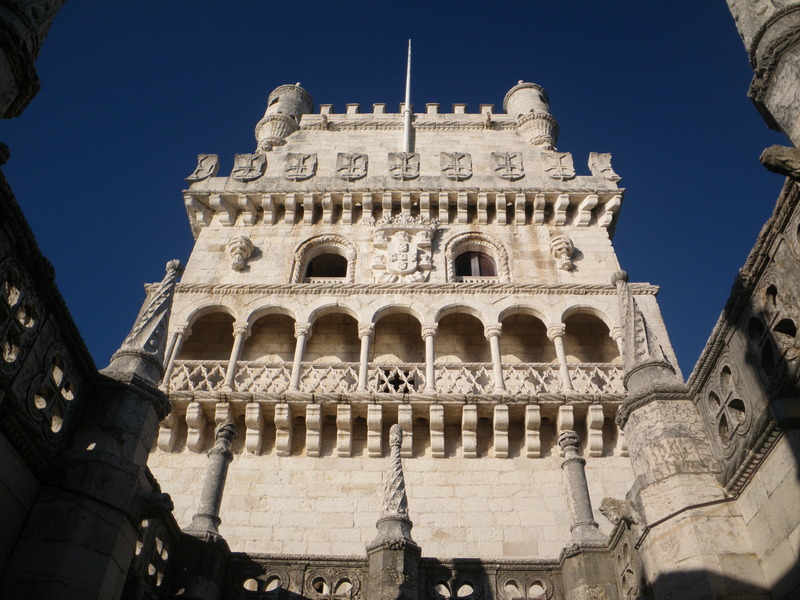
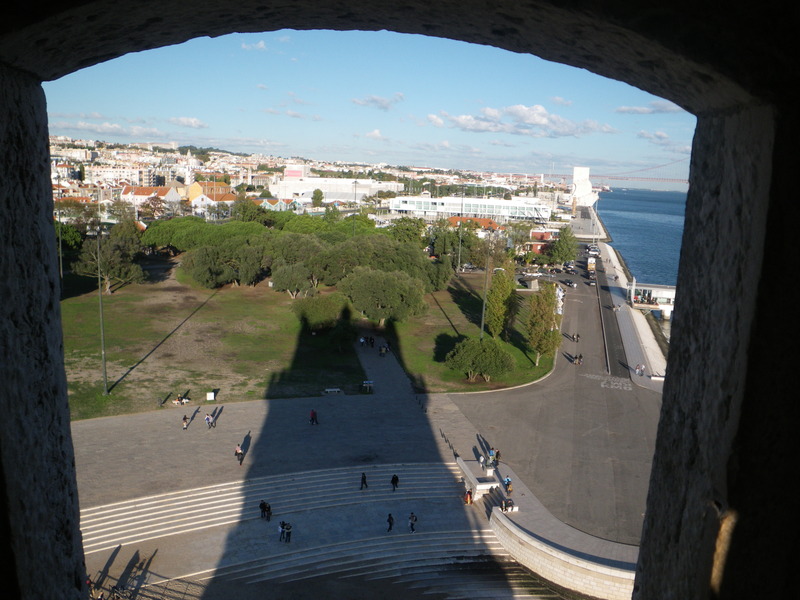
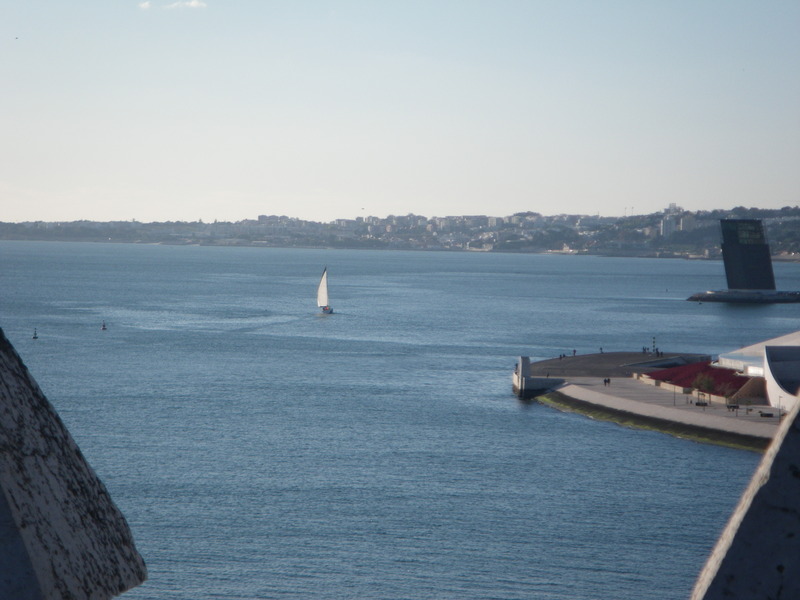
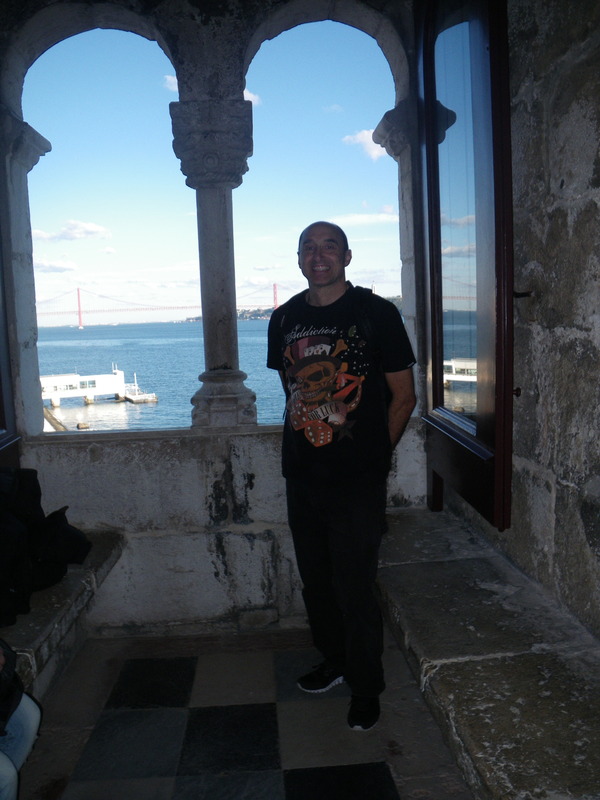


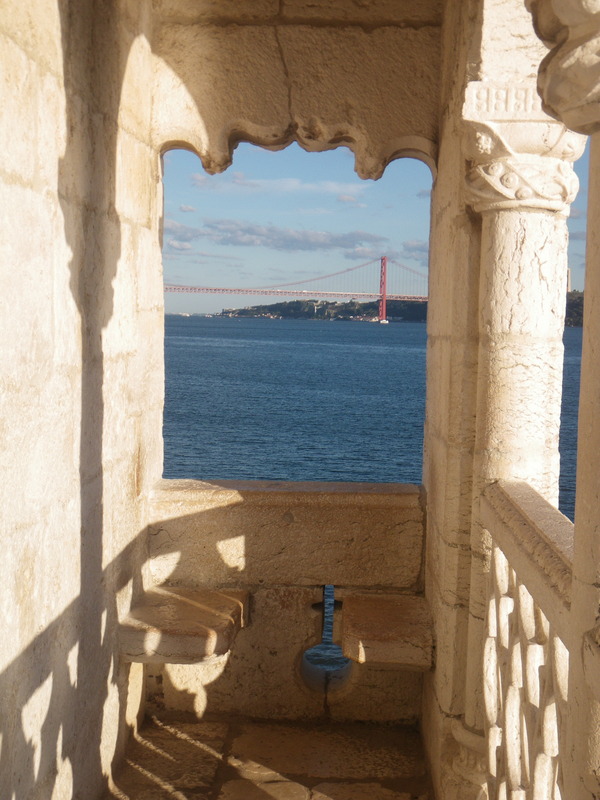
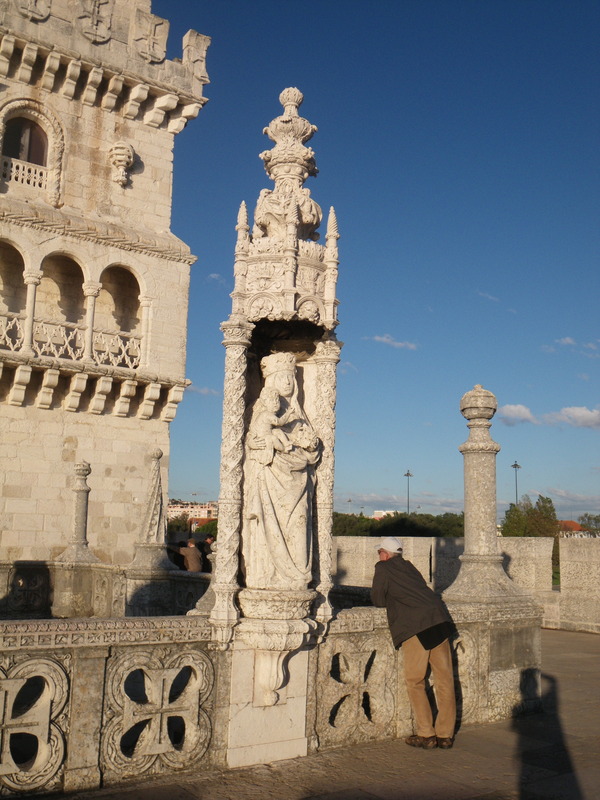
Also in Belem are the church and monastery of the Jeronimos. These were built in part on the profits from the commerce with India, and are connected both to the sailors leaving on their voyages of exploration, who prayed here before their departure, and to the kings and queens of Portugal, many of whom are buried here.

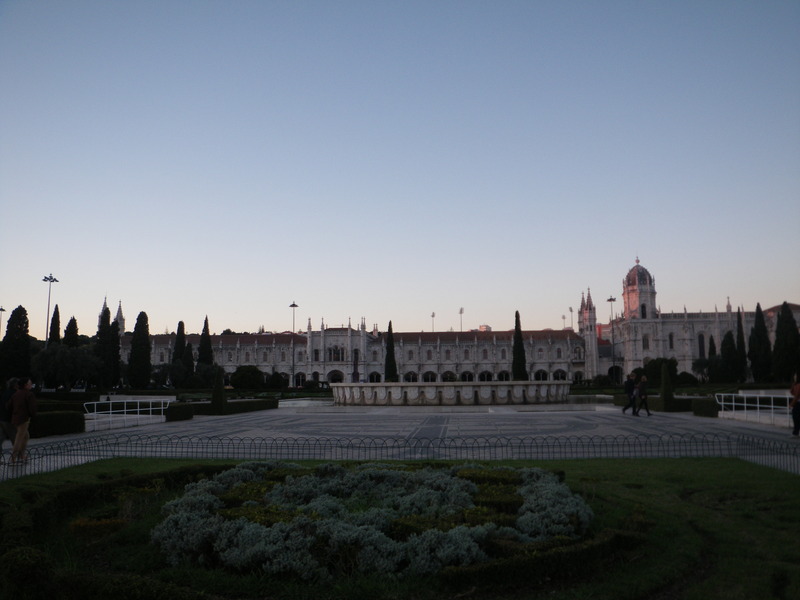
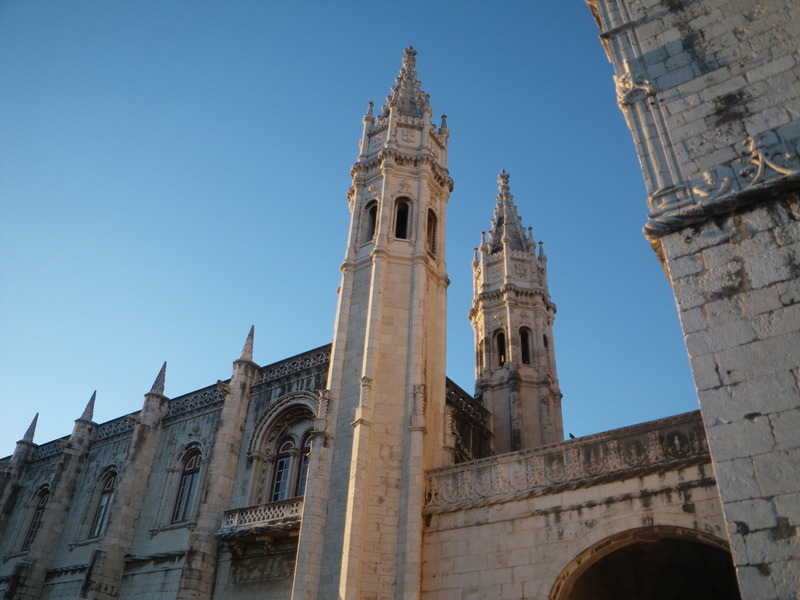

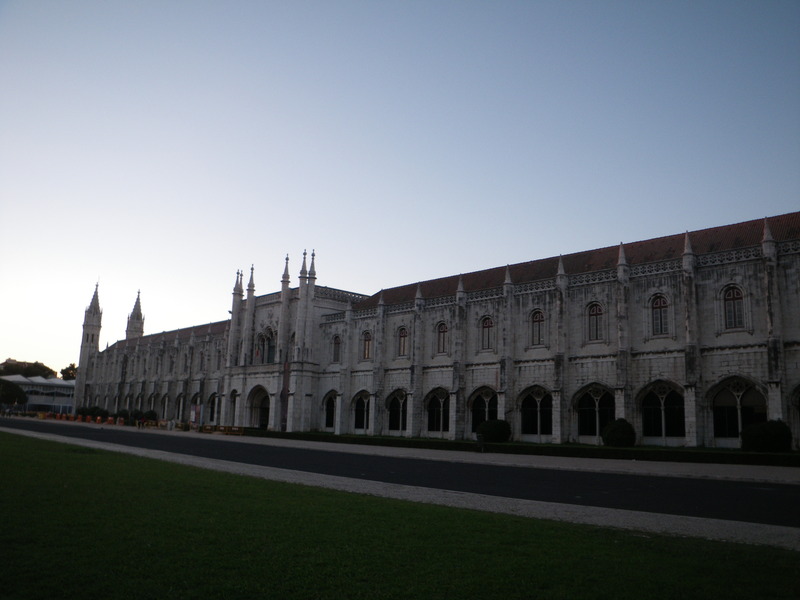
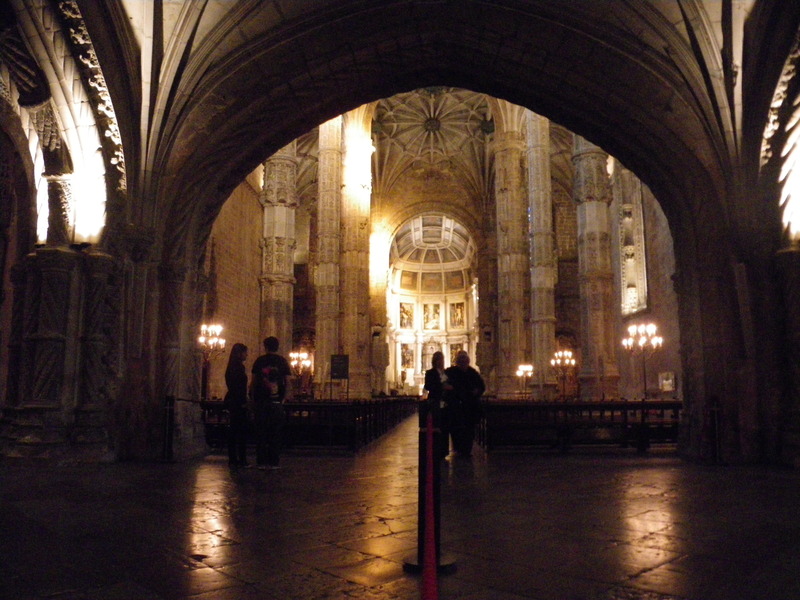
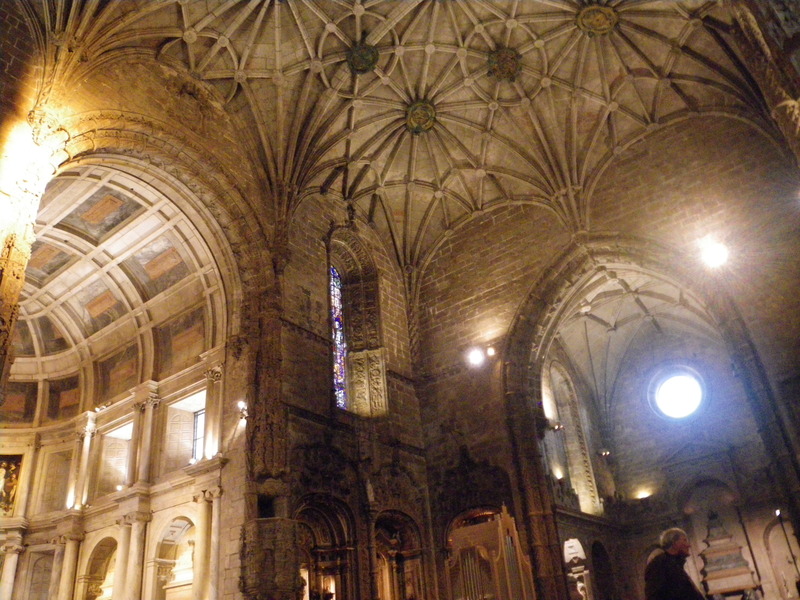

Note the elephants on the altar.
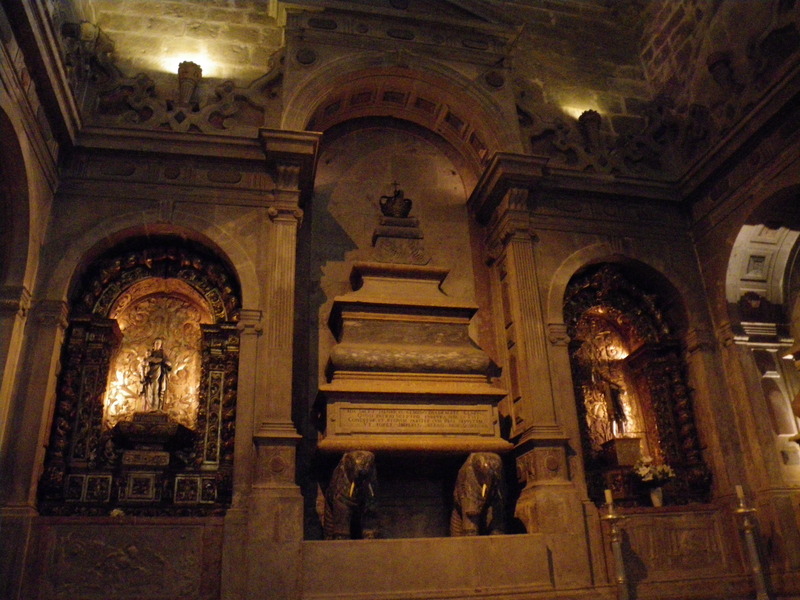
There are many impressive churches in Lisbon, including the Church of Sao Domingos.
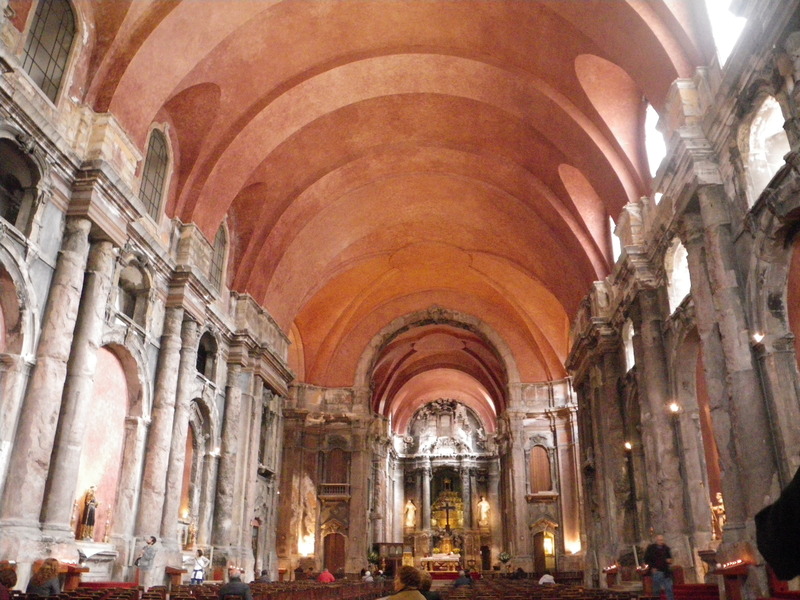
The church of St. Anthony.
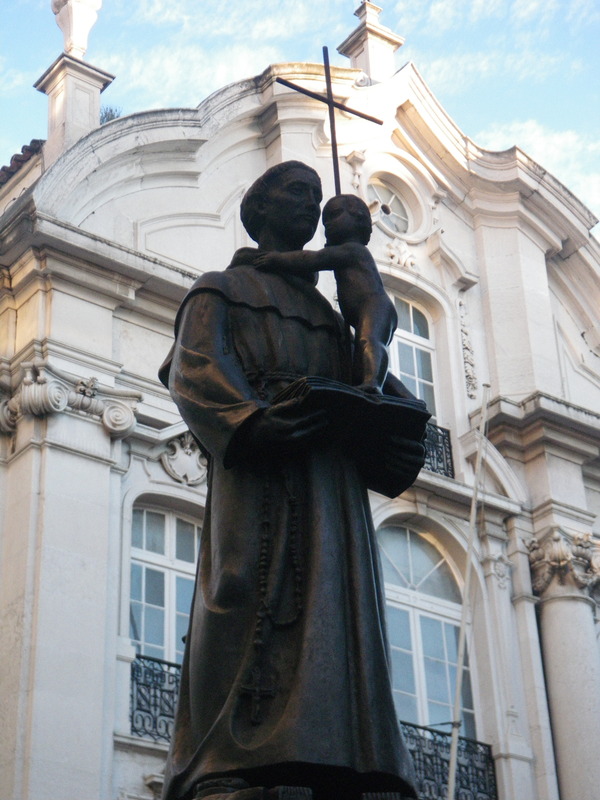
And the cathedral of Se.

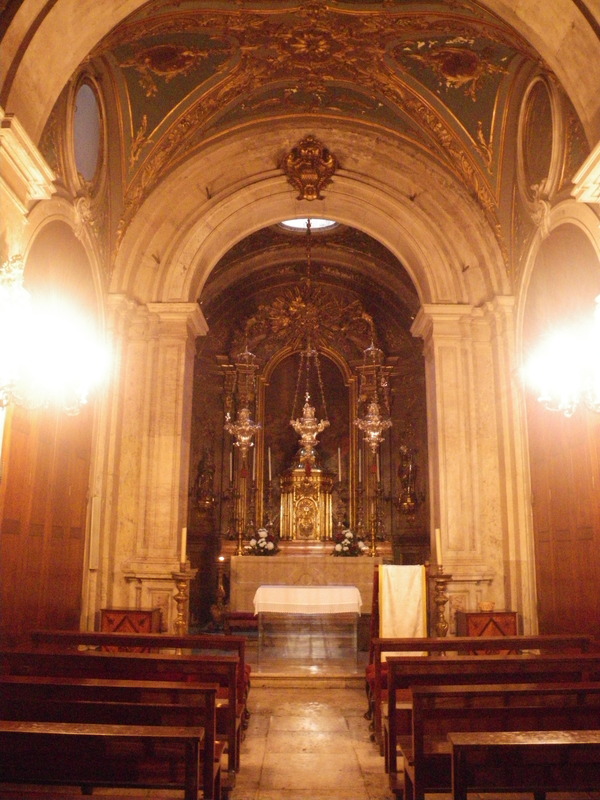
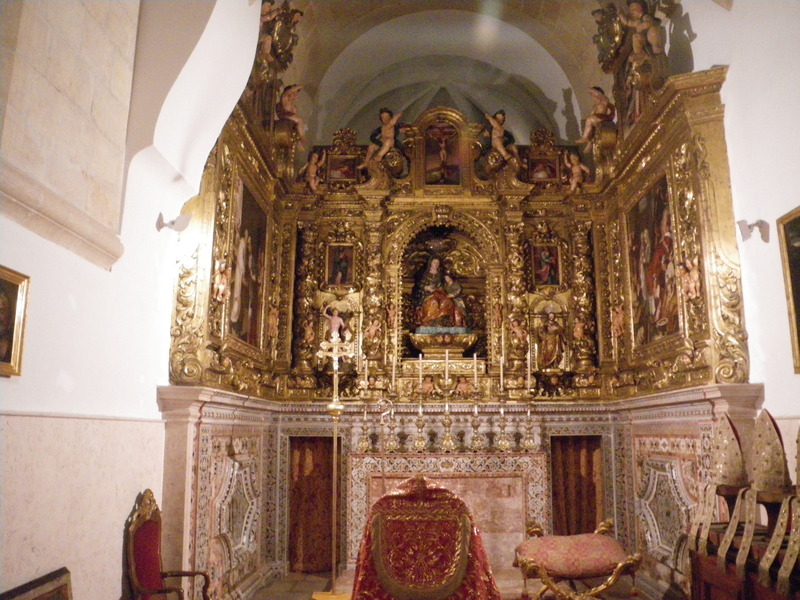
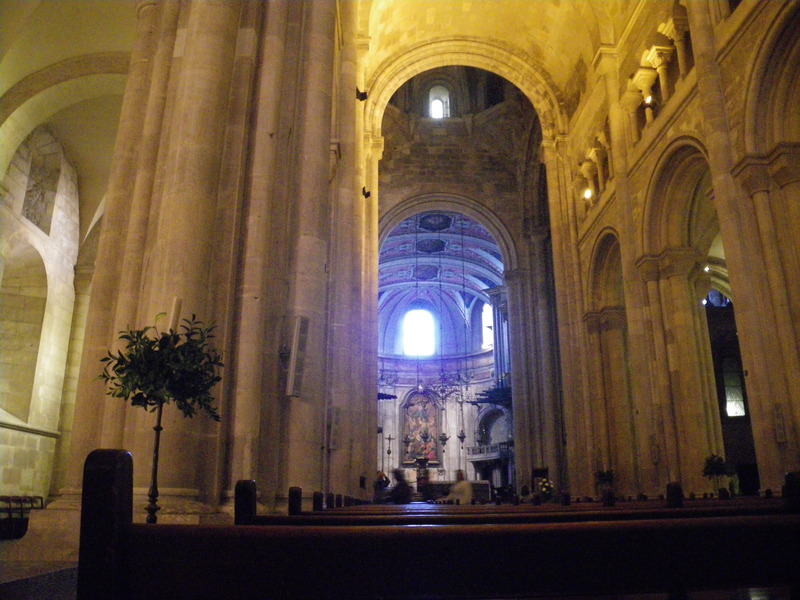
The cathedral of Se and the church of St. Anthony are in an area called Alfama, which, being on a hillside and perhaps built on stronger ground than much of the rest of Lisbon, survived the 1755 earthquake and tsunami relatively unscathed. Above Alfama is the castle of St. George, or Castelo de Sao Jorge. The castle is built on the very hill where archeological finds have revealed the oldest settlements, as well as an Arab fort. The hill dominates much of downtown Lisbon.
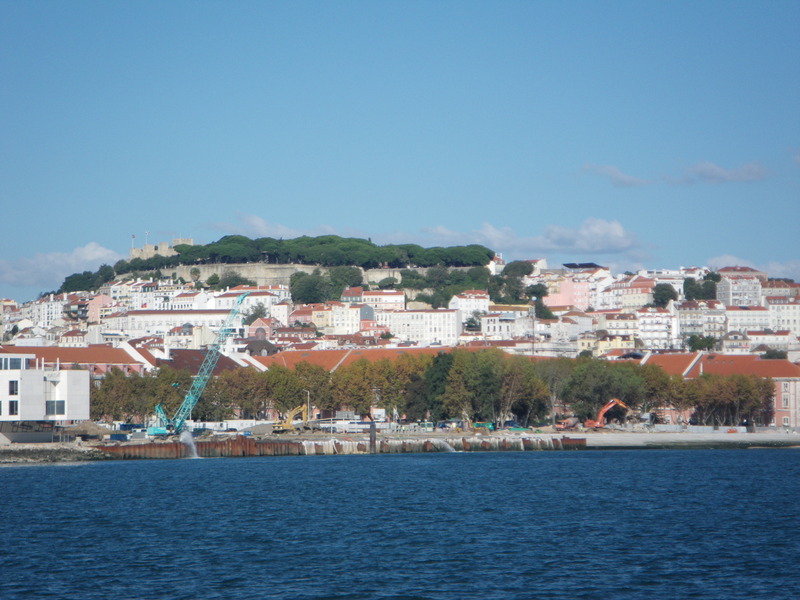

The castle itself was not used as a residence after Arab times, so is more of a defensive structure than a royal palace.


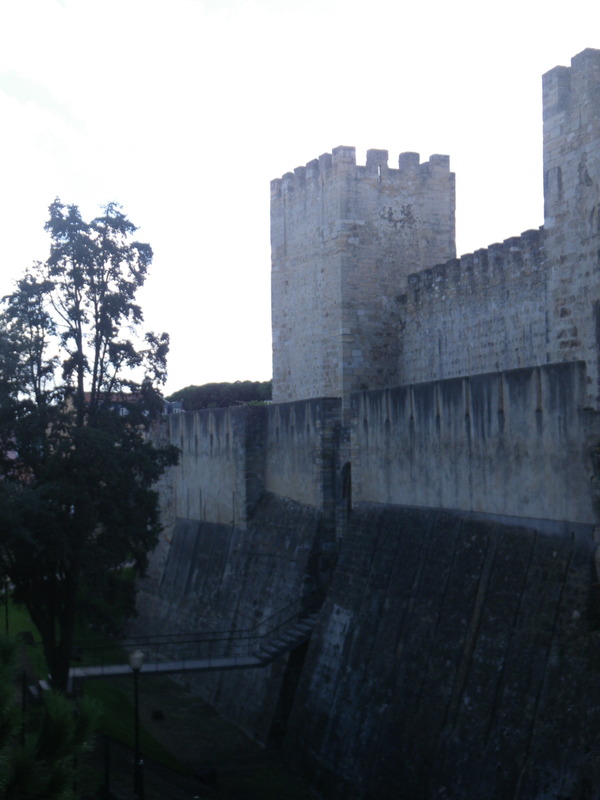
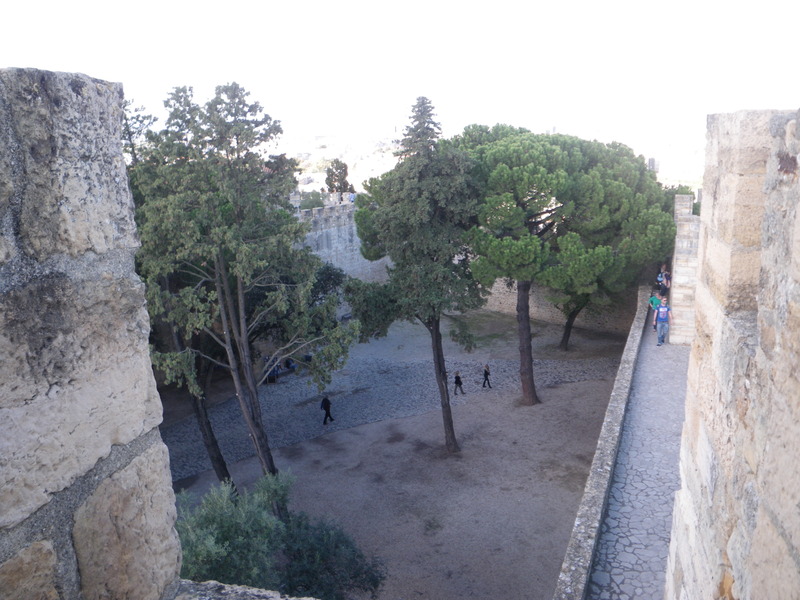


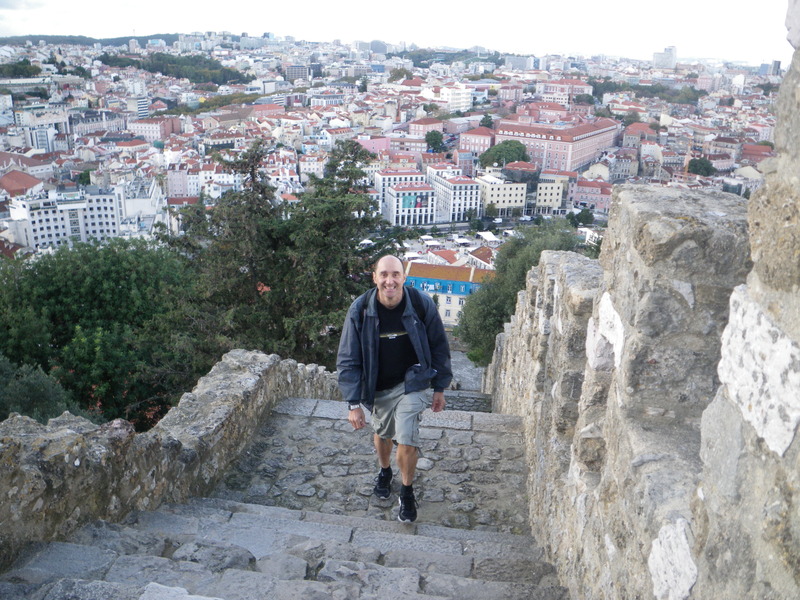
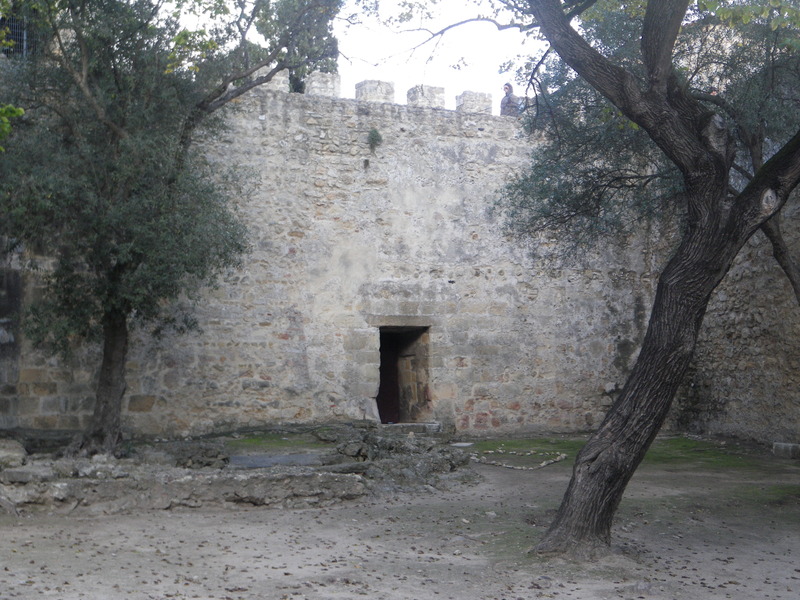
A statue in the courtyard of the castle shows a warrior such as might have conquered the castle from the Arabs.
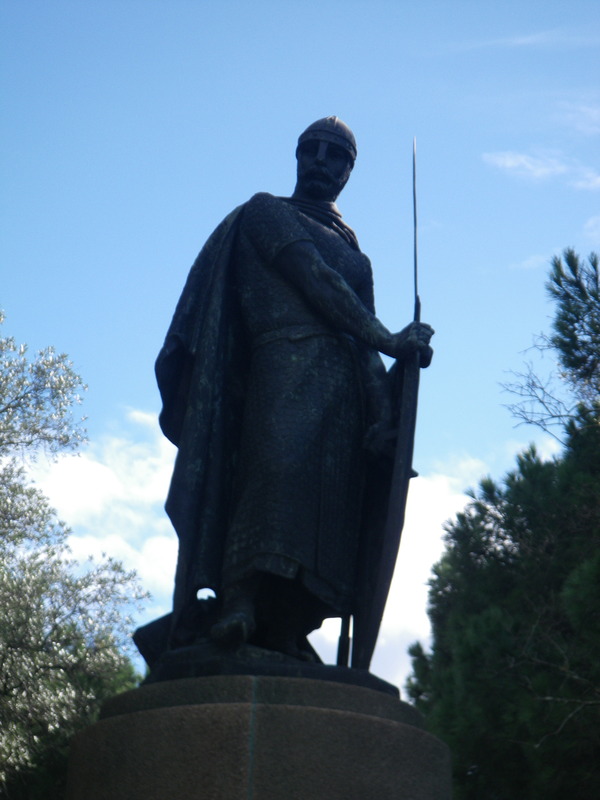
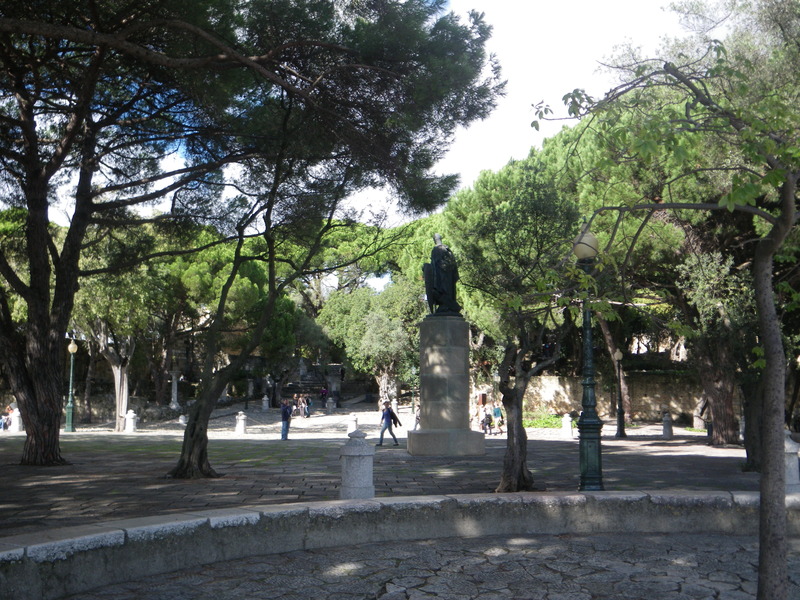
One of the towers of the castle includes a large periscope which offers 360-degree panoramic views of Lisbon. The design of this periscope was attributed to Leonardo da Vinci, though the realization is certainly much more recent (I would guess 150 years ago).
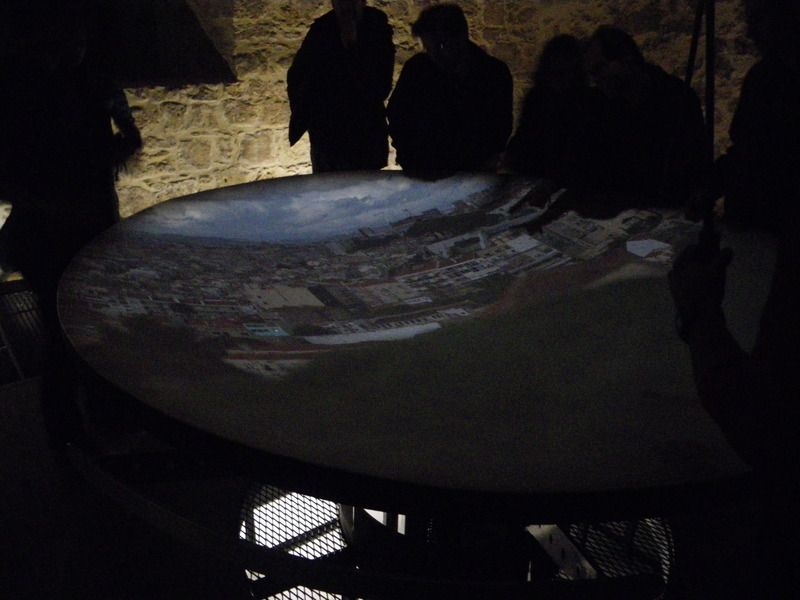
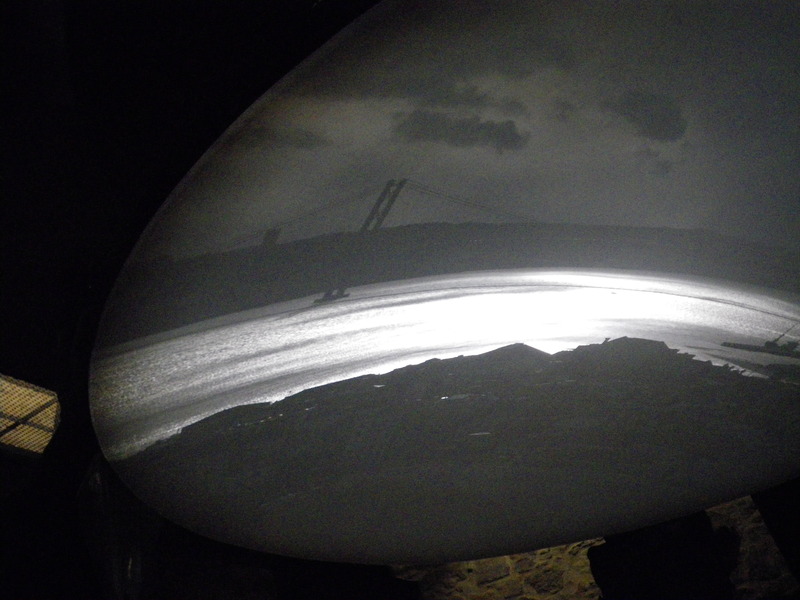
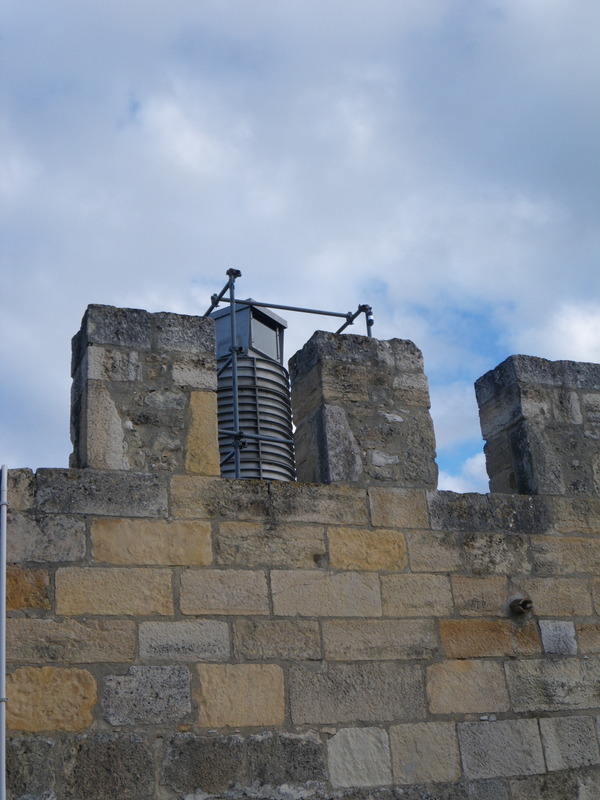
I enjoyed visiting the castle. It was hard to find the entrance (there is only one entrance), but inside, I enjoyed a lot of the architectural features.
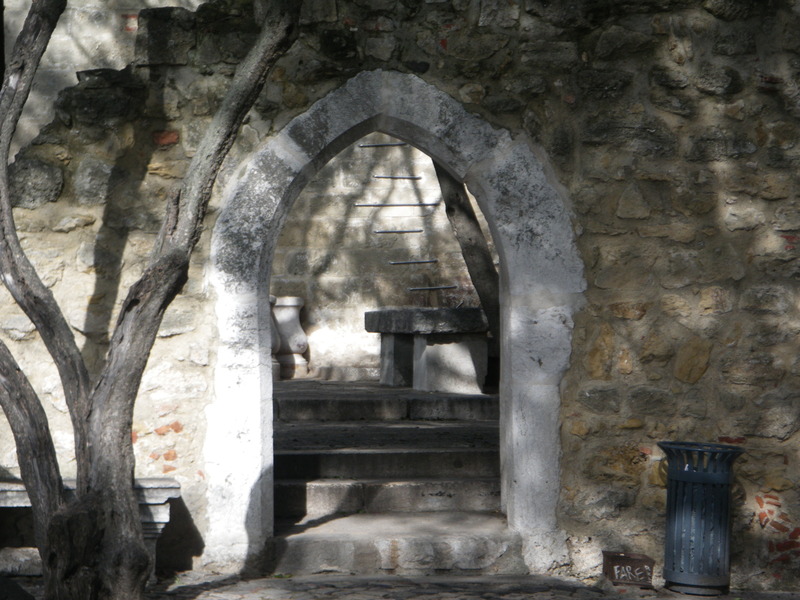
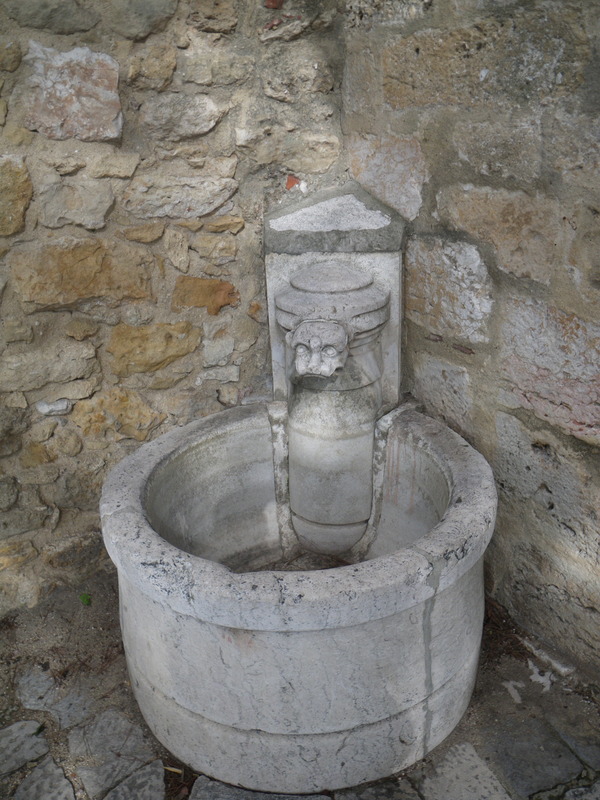

On my way up to the castle, I walked through a courtyard that exhibited an odd sculpture, made of many different steel scrub sponges, and made to resemble a huge steel scrub sponge.
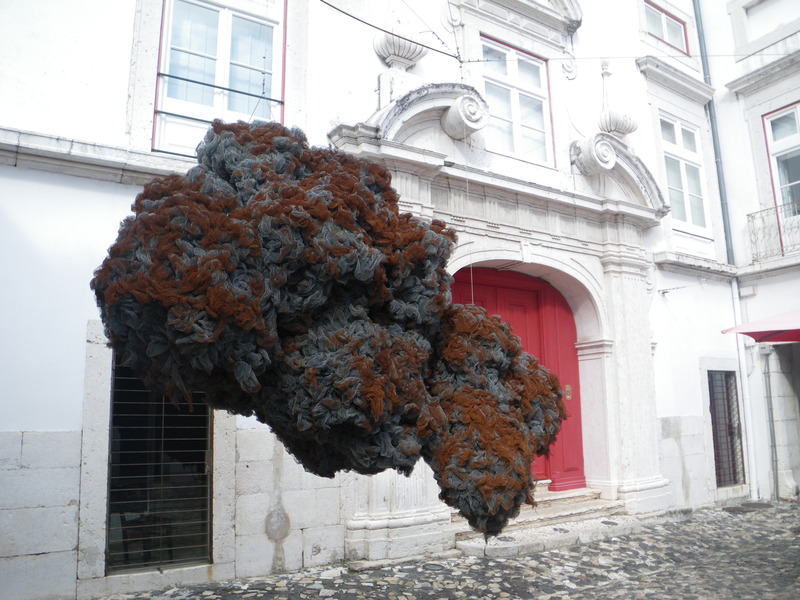
Also around the castle are picturesque old narrow streets.
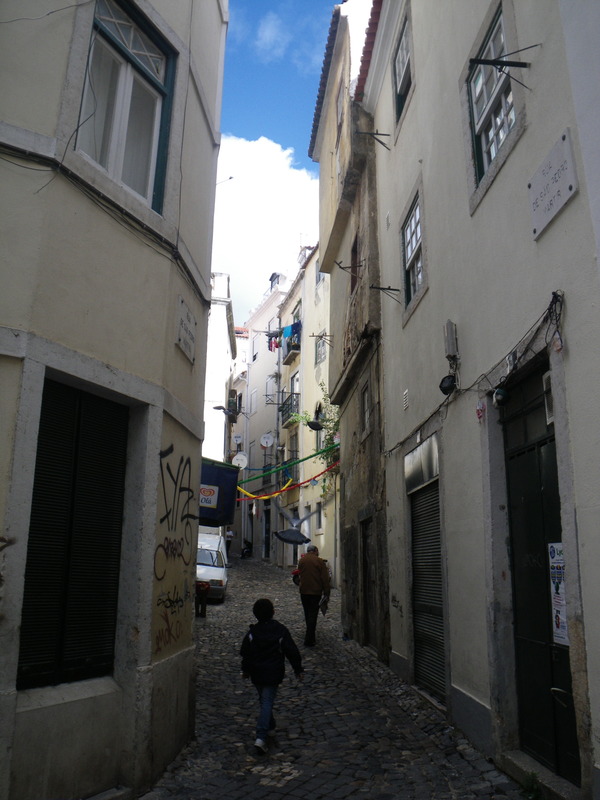

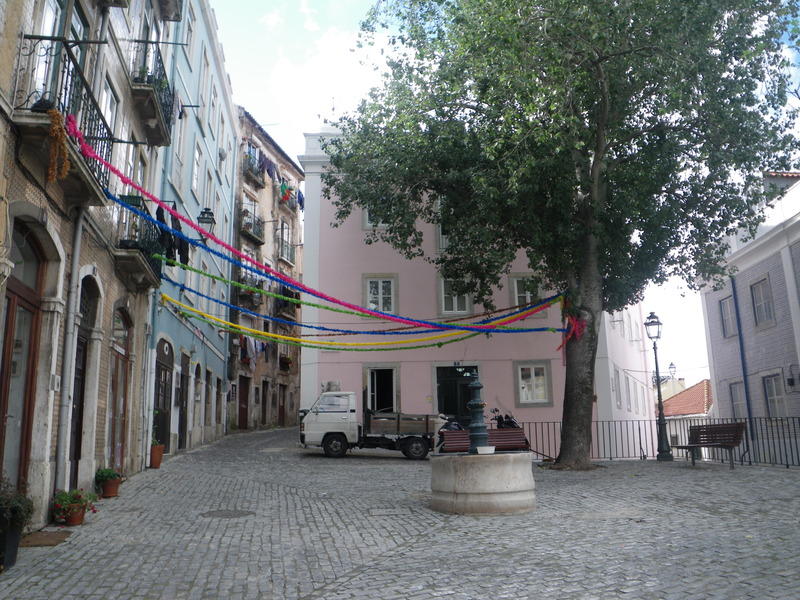
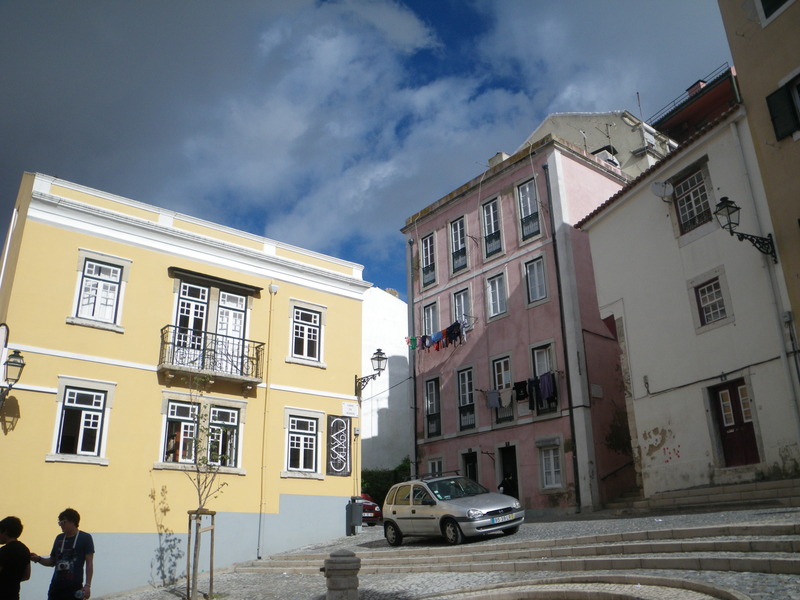
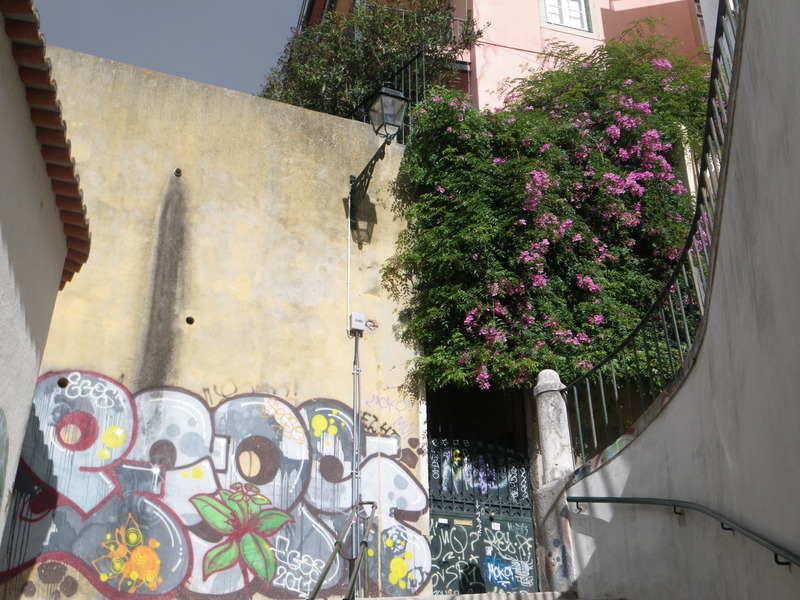
The outside of many of the older houses along these streets is covered in tiles rather than plaster.


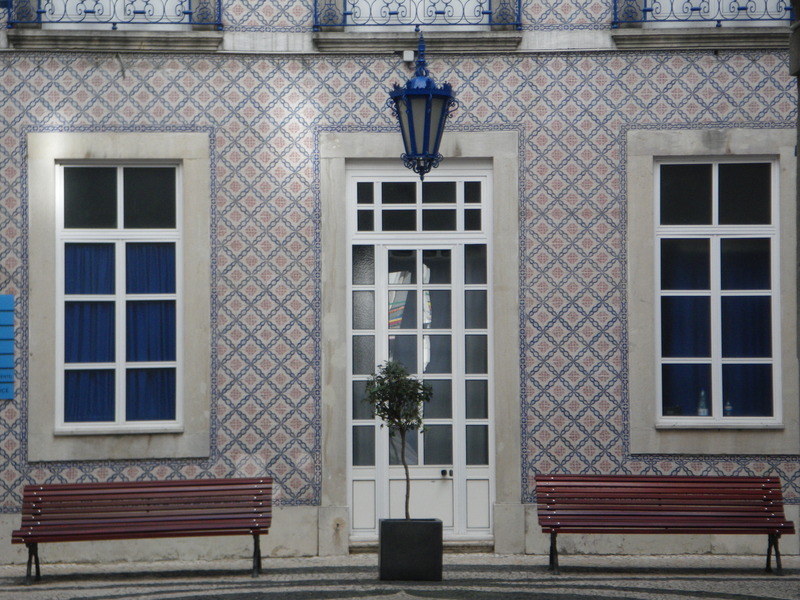

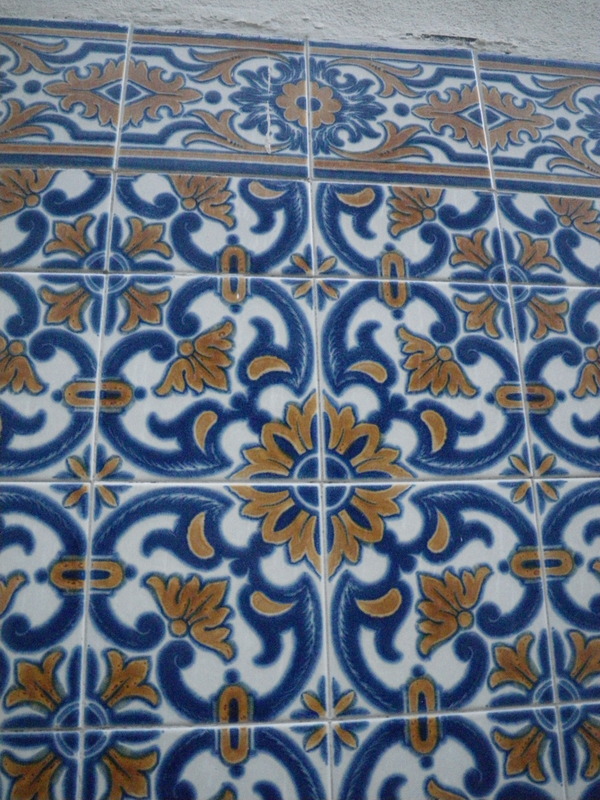
Lisbon has a wonderful variety of public transportation vehicles. The trams are famous, many of them yellow. Line 28 goes through Alfama past the Cathedral and up to the Castle, and so is very popular with tourists.
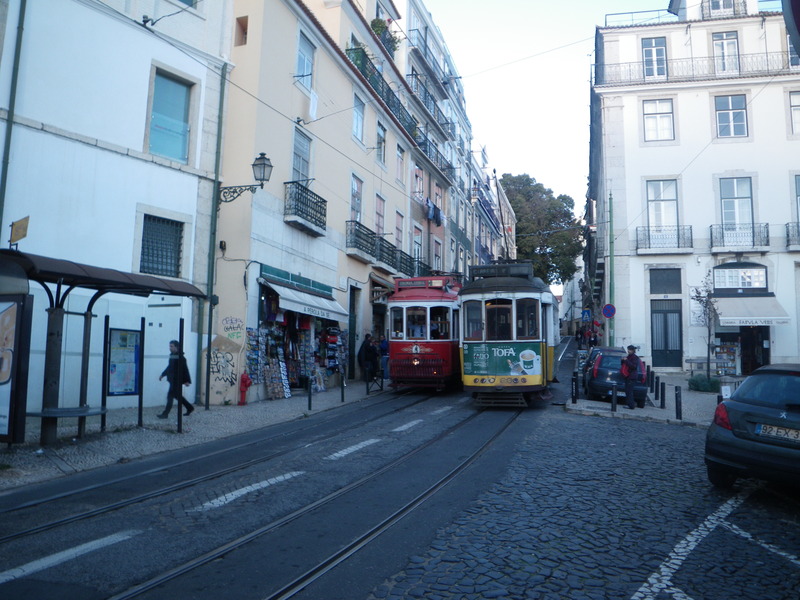
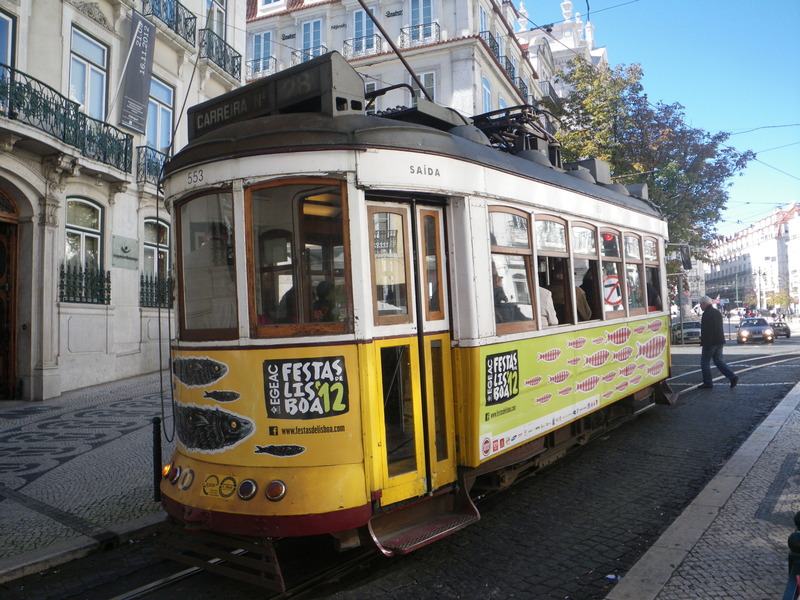
The hills of Lisbon are steeper than (most of) the hills of Rome, but as far as I remember, less steep than the hills of San Franscico. Still, there are a number of cable cars.
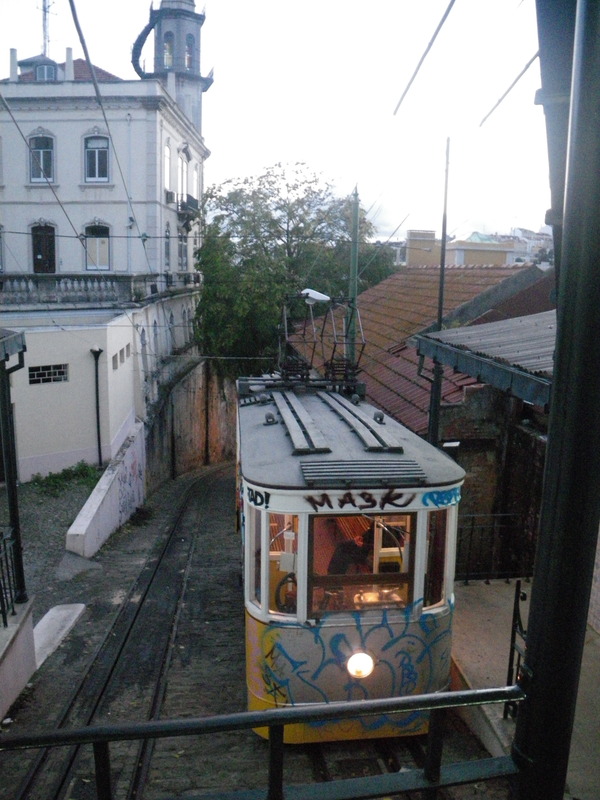

As well as trams and cable cars, public transit in Lisbon includes a very nice Metro (subway), and buses and ferries.
One evening I heard a lot of shouting and cheering. By the time I got to the location, near the beginning of Avenida de Libertade, the demonstration was winding down. I am not sure what it was about, but I suspect the words mean approximately "for National Sovereignty". Perhaps some protest against the European Union?
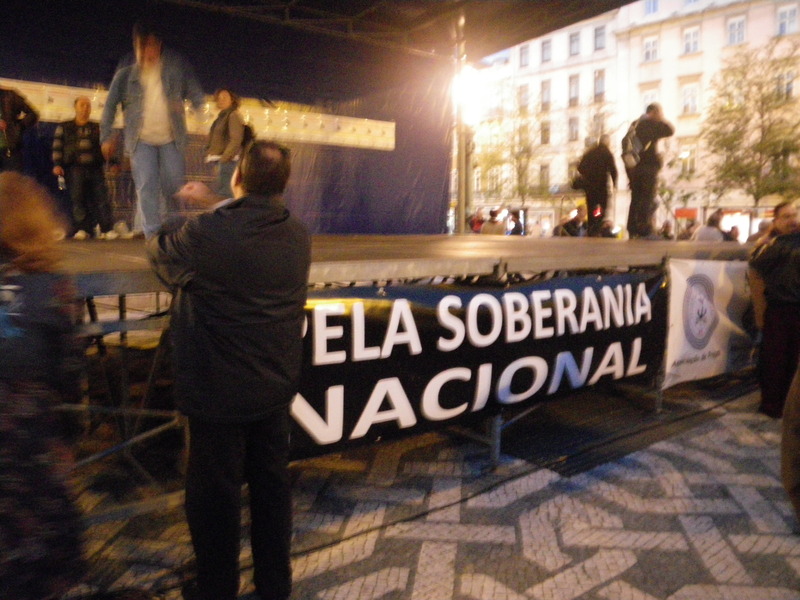
Euro coins are minted by each of the participating countries. The back of the Euro 0.50 coin has heraldic towers that are found on the Portuguese flag, and also remind me of the decorations of the tower of Belem.
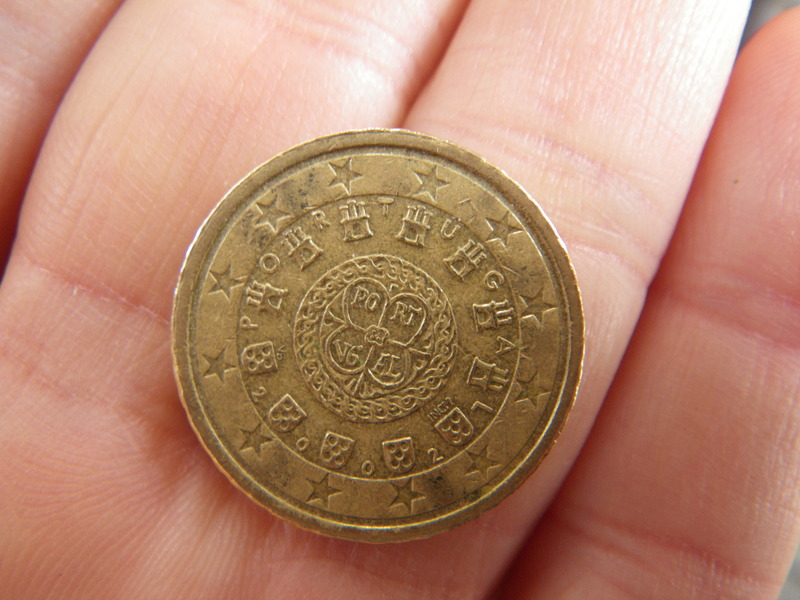
On the outskirts of Lisbon, easily reached by commuter train, lies the town of Sintra. It is a small town in the mountains overlooking the Atlantic Ocean. It boasts a large number of palaces and castles. The oldest is the Moorish castle, Castelo dos Mouros, built between the 9th and the 12th centuries.


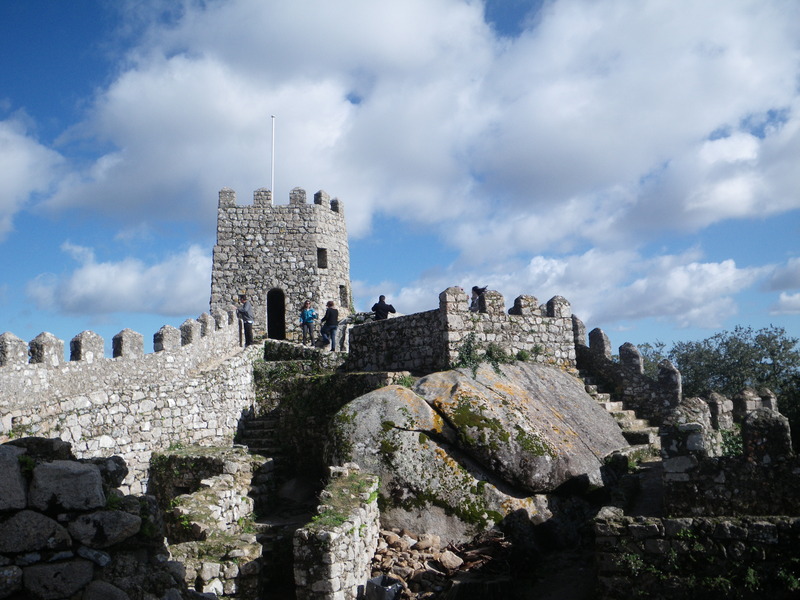

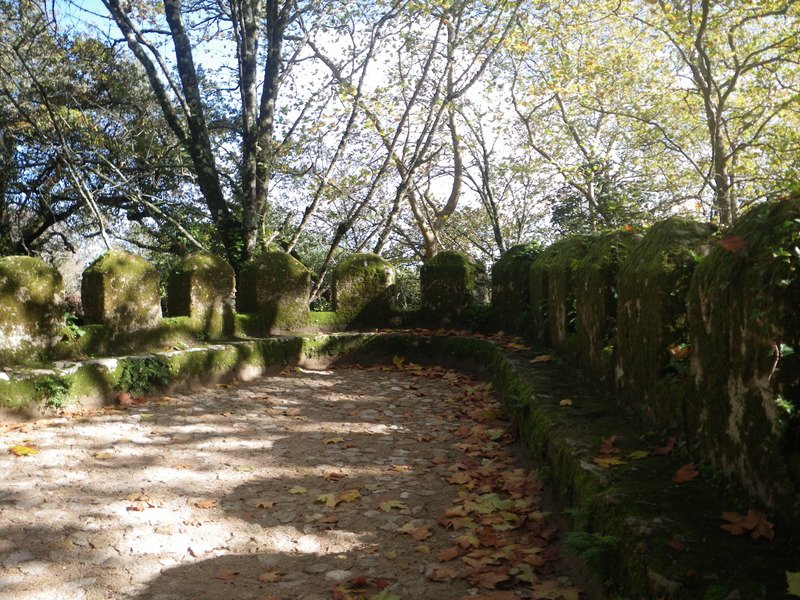
I visited on a windy day, so I really noticed the flags that were flying. They are the historical flags of the kings of Portugal, and one green flag with the word "Sintra" written in Arabic, to represent the builders of the Moorish castle.
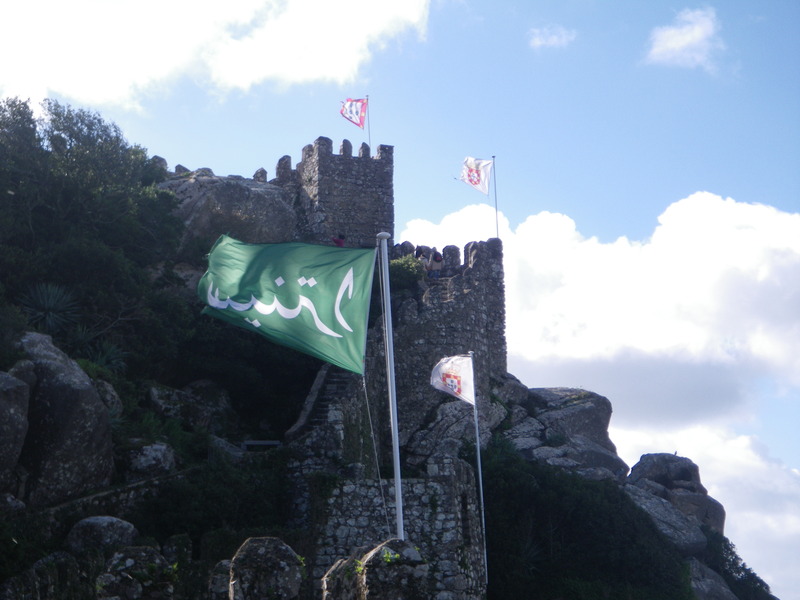
Like many other castles, this one has a "traitor's gate", allegedly designed to let people slip in or out of the castle unobtrusively. Since the castle wall is only about 1.5m high at this point, and in my opinion easily passed unobtrusively even without a gate, I have my doubts about this particular interpretation, but this is what the sign said.

Although the castle was built before the Great Wall of China, the similar need for defense means parts of the castle do bear a resemblance to the Great Wall.
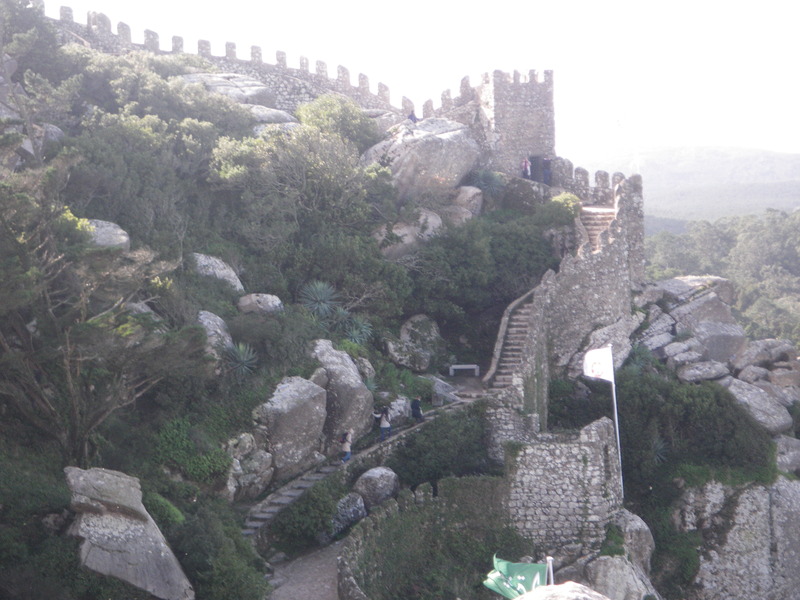
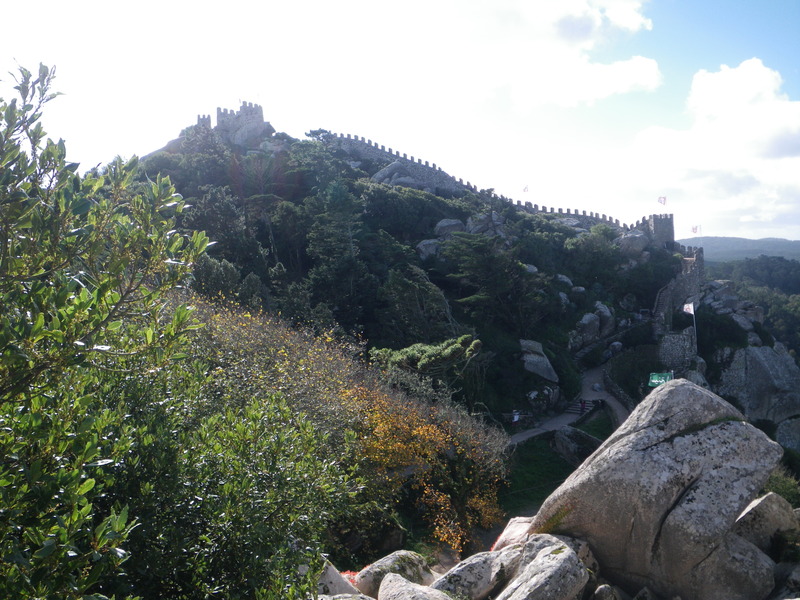
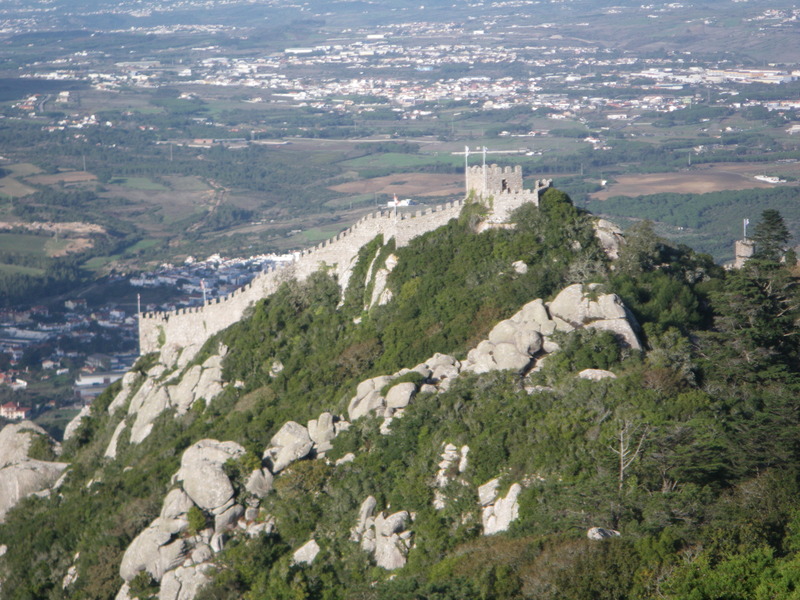
The castle has great views of Sintra, all the way to the Ocean, and almost all the way back to Lisbon.
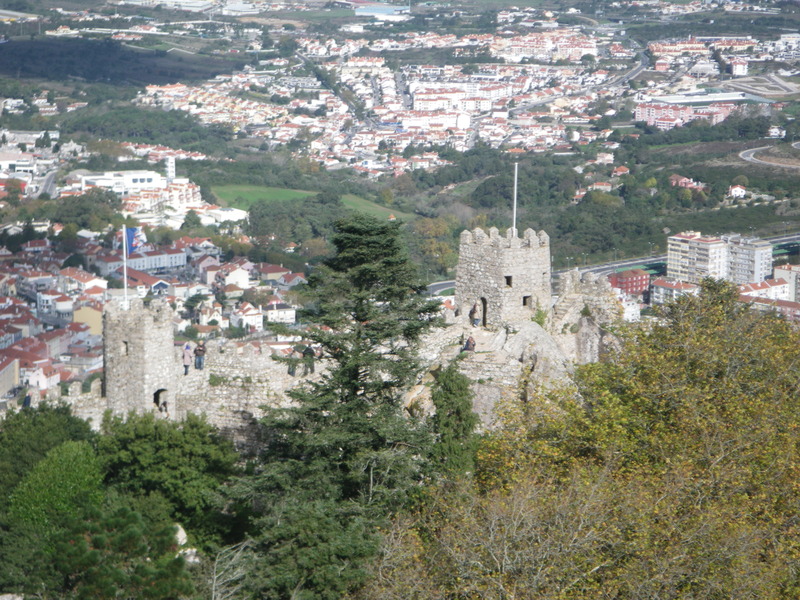
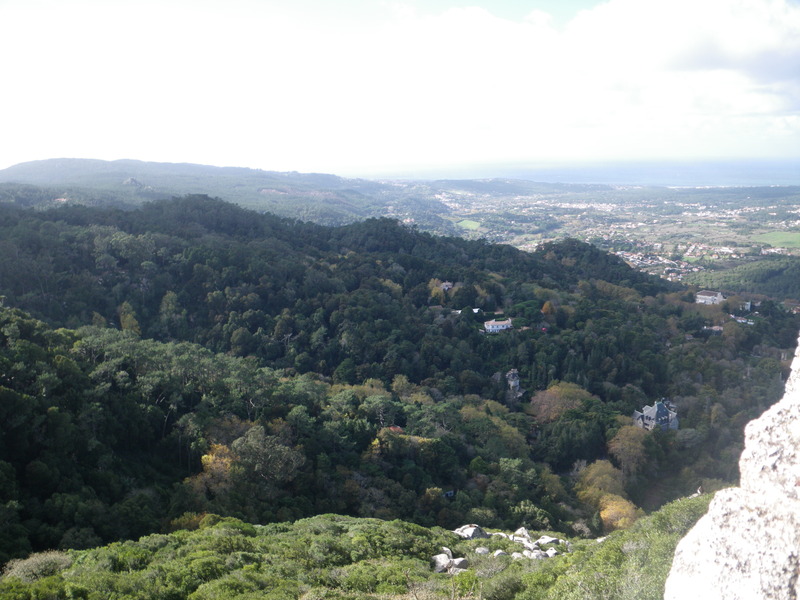
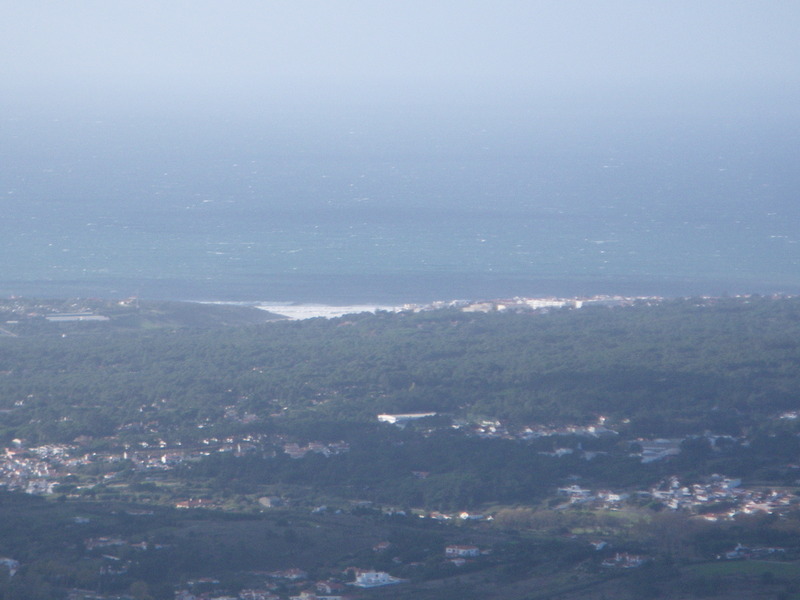
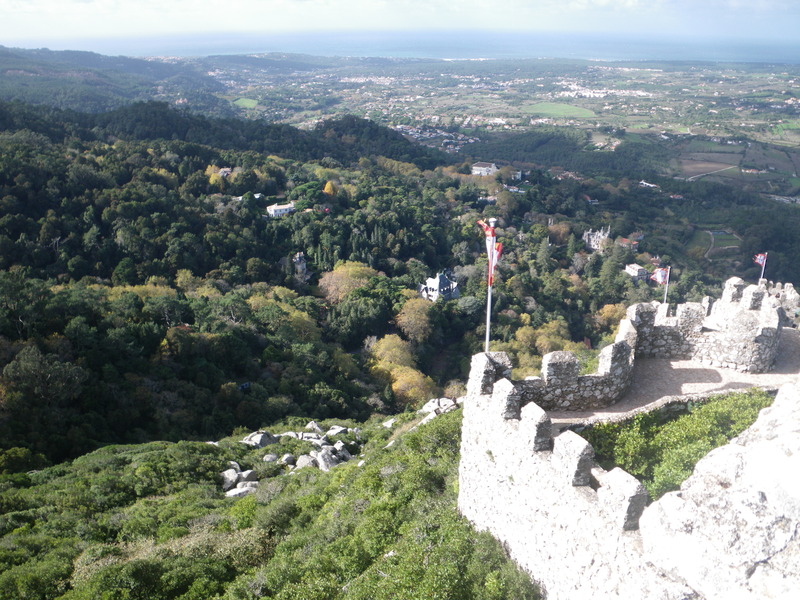
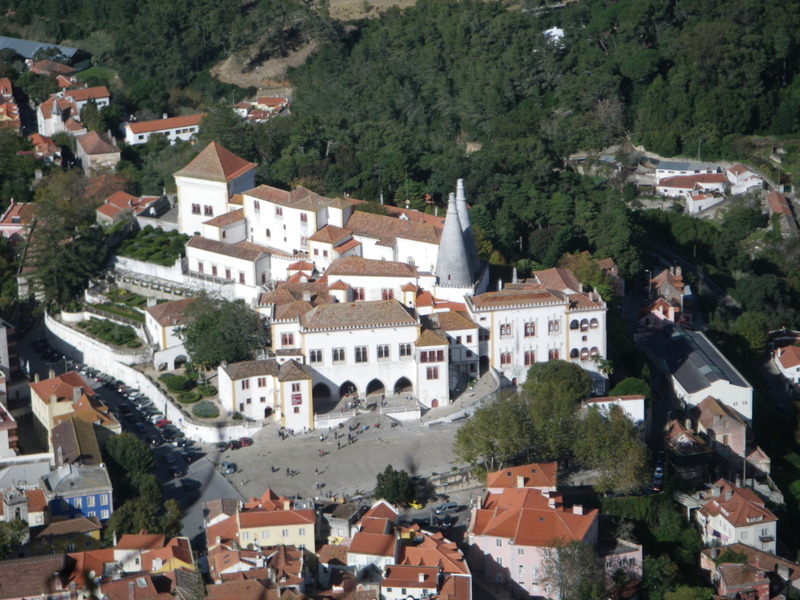


Perhaps because of the views, or perhaps because the mountains are cooler than the lowlands, many palaces have been built in Sintra, including a royal palace. The one palace that I visited is the Palacio da Pena, built in the early 1800s and, according to the map from the tourist office, the "Foremost example of 19th century Romantic architecture in Portugal".
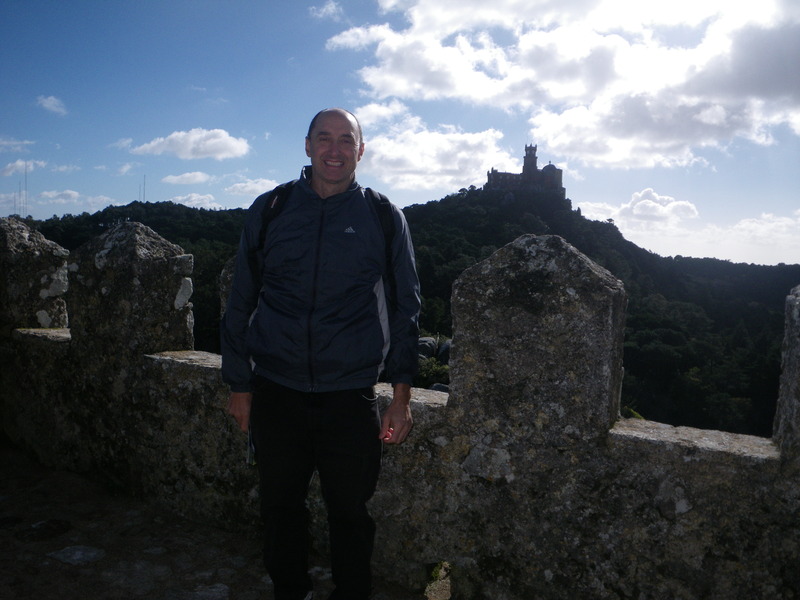
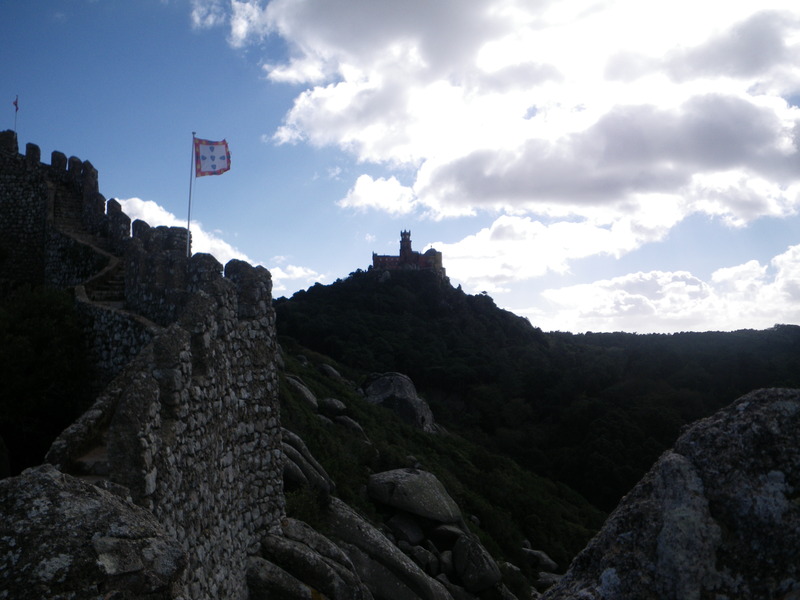
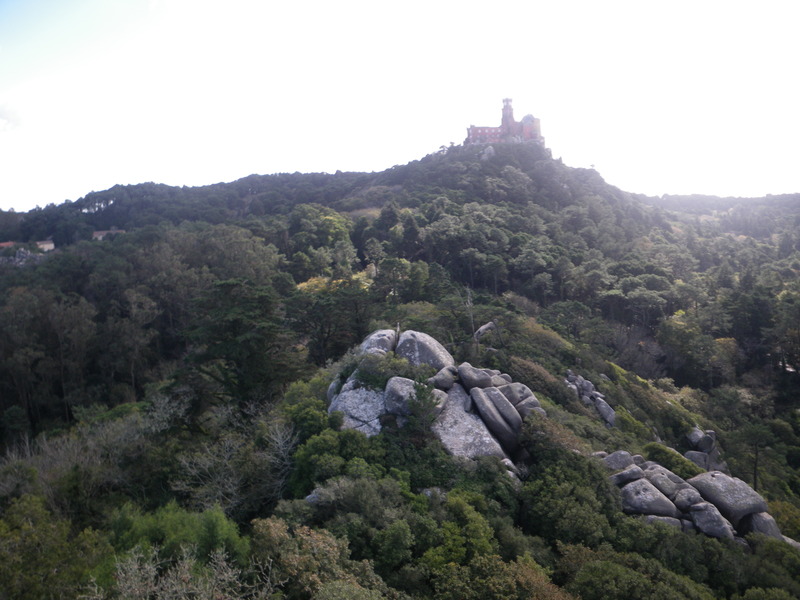
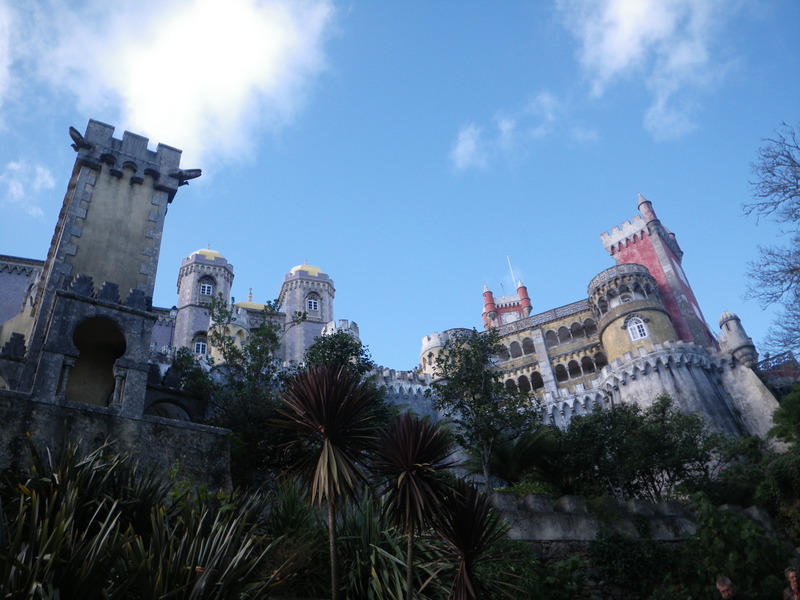
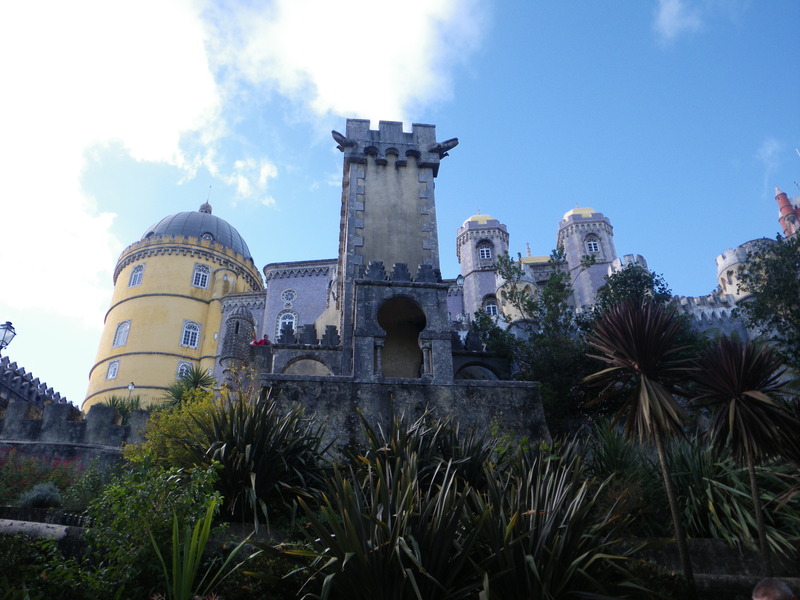
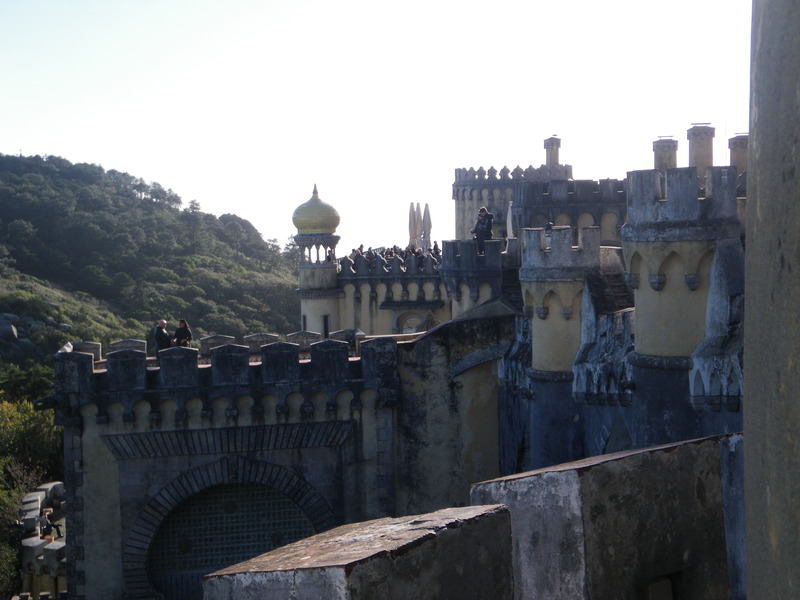
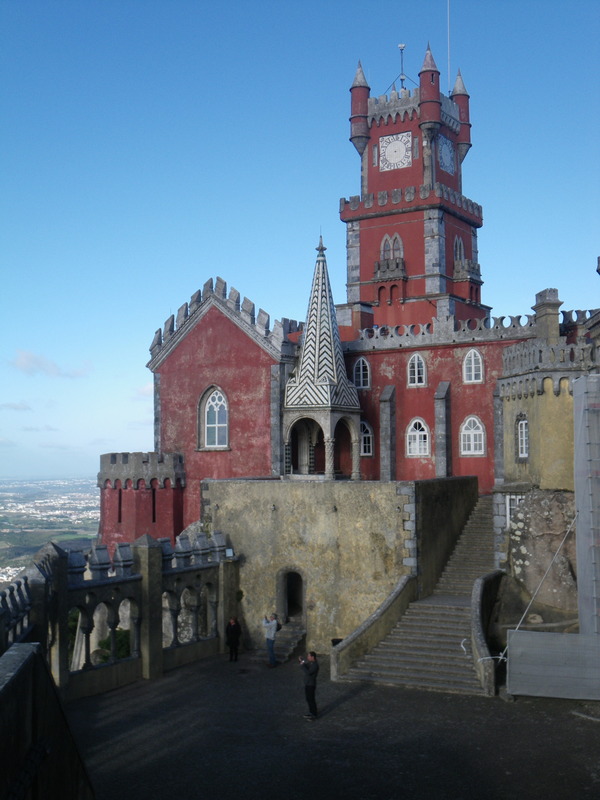
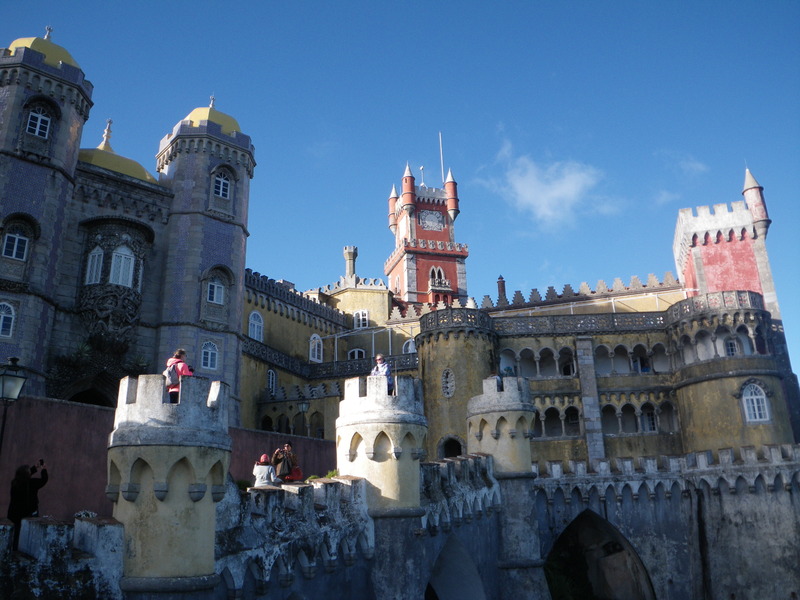
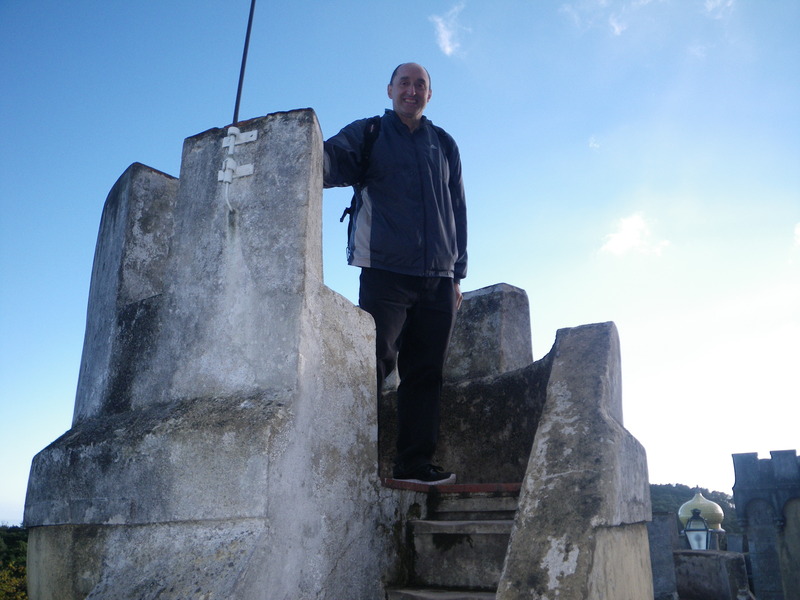
This palace served as a royal residence. It is possible to visit and see the actual furniture used by the kings and queens, but no pictures were allowed indoors.
The park around the palace has many exotic plants, including a tree fern, which may be able to grow here because of its sheltered location -- the only other places in the world that I have seen tree ferns have been in the tropics. The other plants were interesting as well.
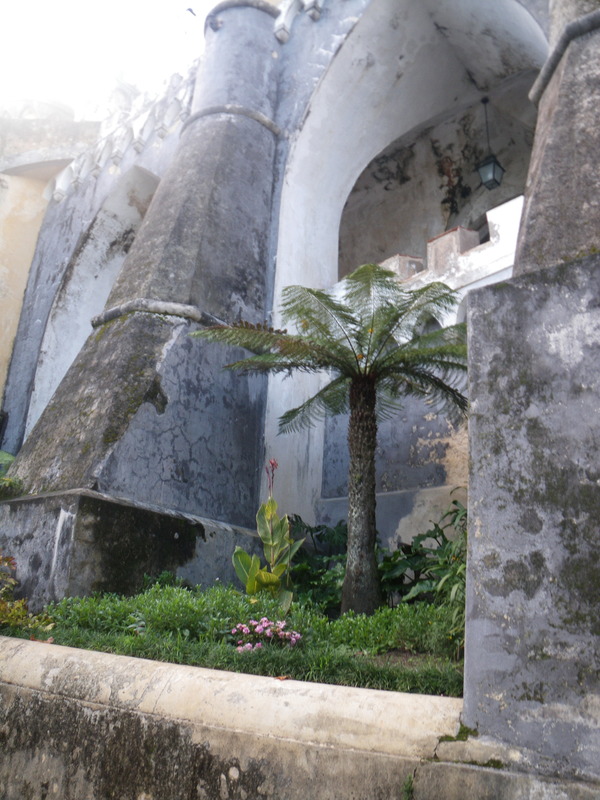

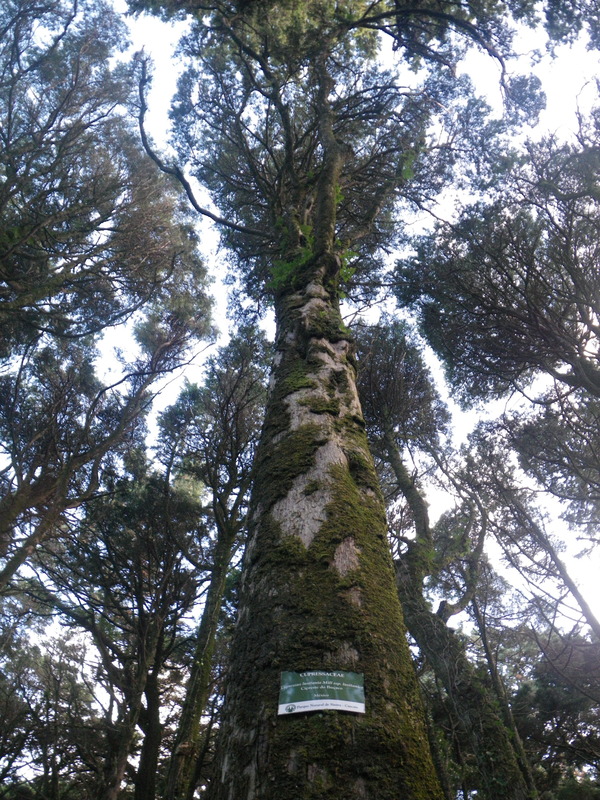
Finally, I was impressed by some of the creative signage.
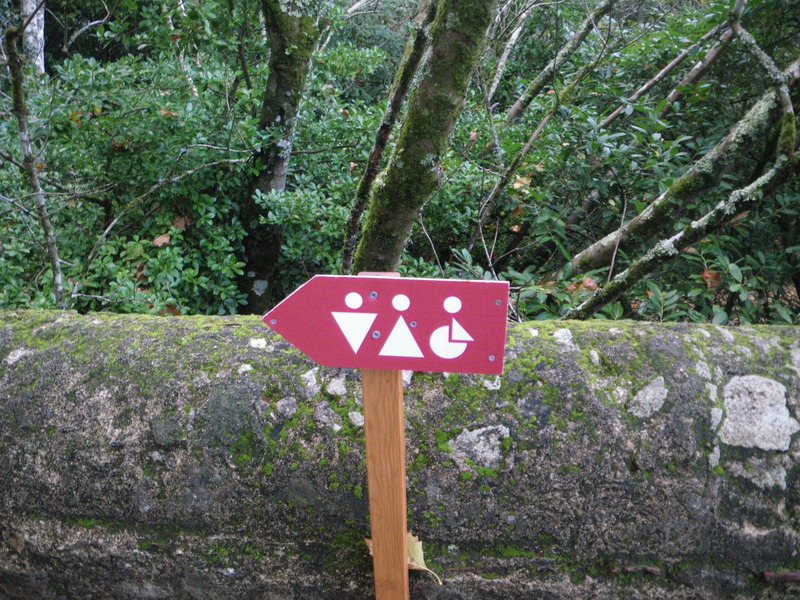
About 17km from Sintra is the westernmost point in mainland Europe, Cabo la Roca. It is conveniently reached by bus, and I arrived in time to admire the end of the sunset.
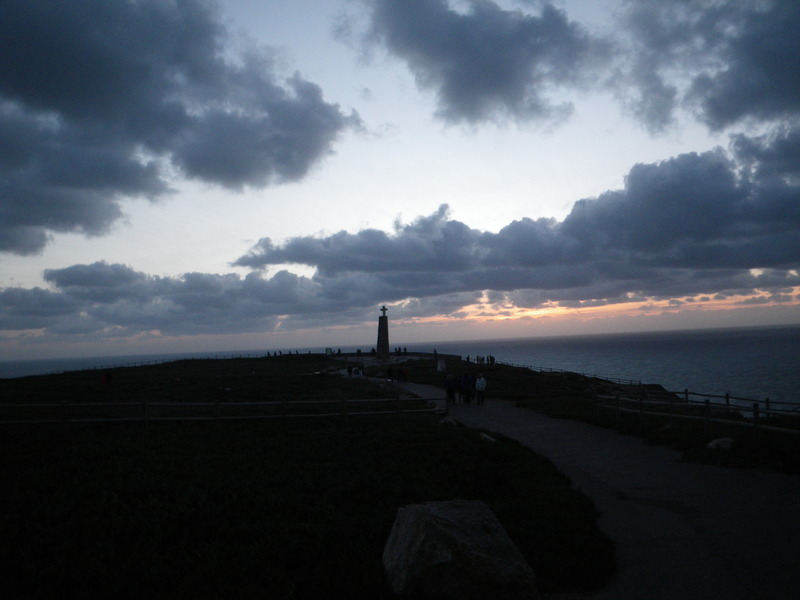
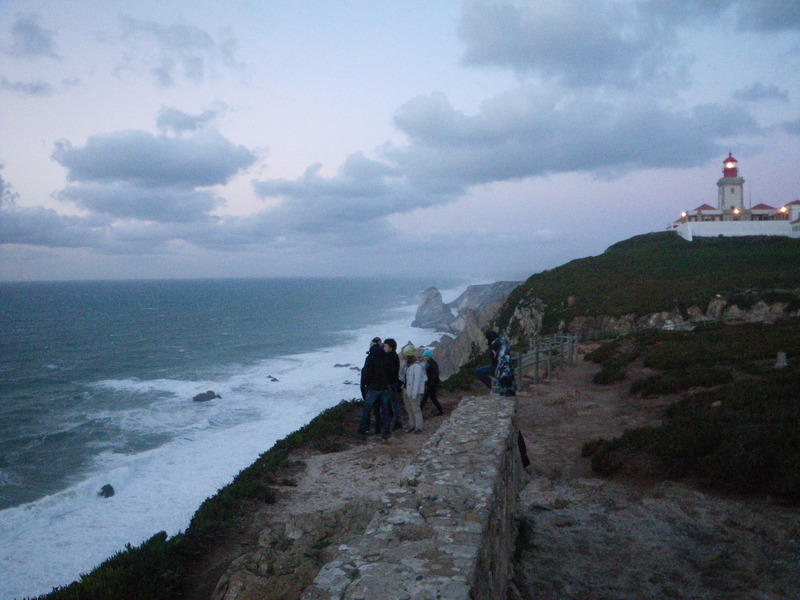
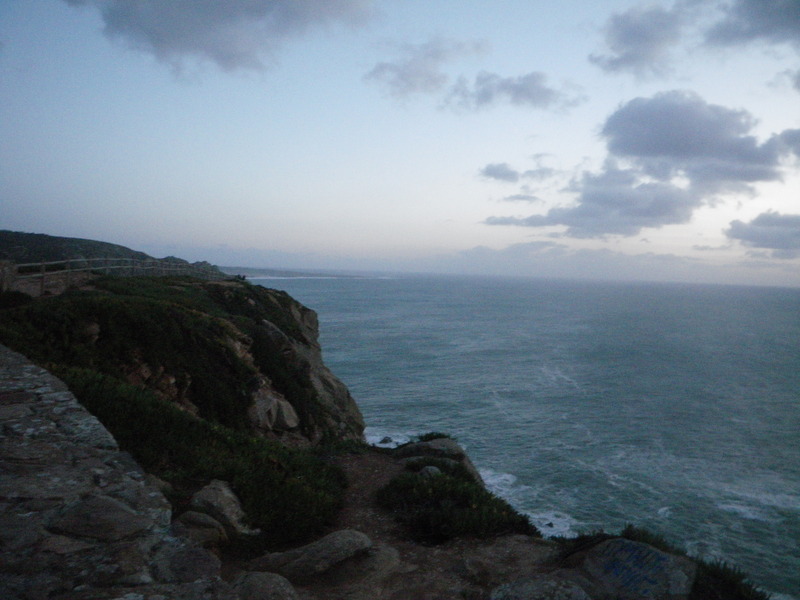
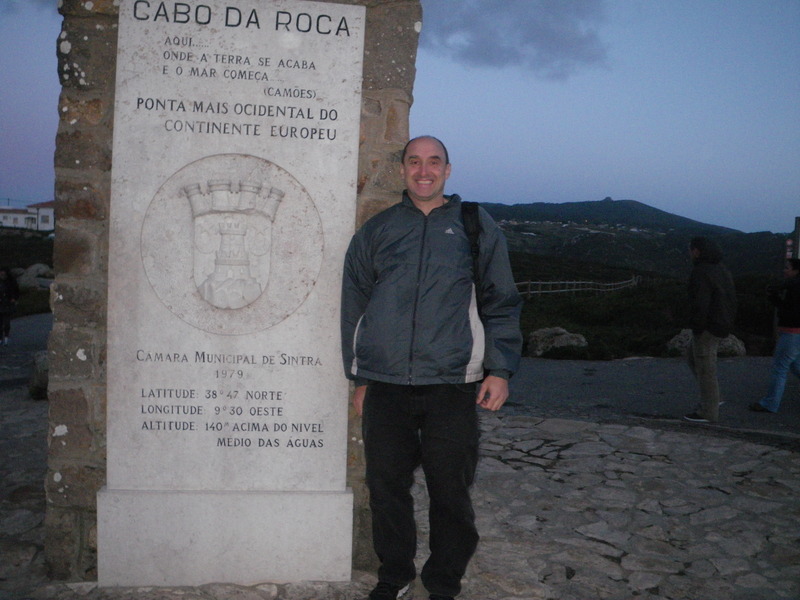
The sign was placed in 1979, long before GPS existed, but the coordinates are correct to the precision given. The GPS in my cellphone said the location was at N 38 46.832 and W 9 29.936
And it is a wonderful place to watch the sun set over the Ocean.
